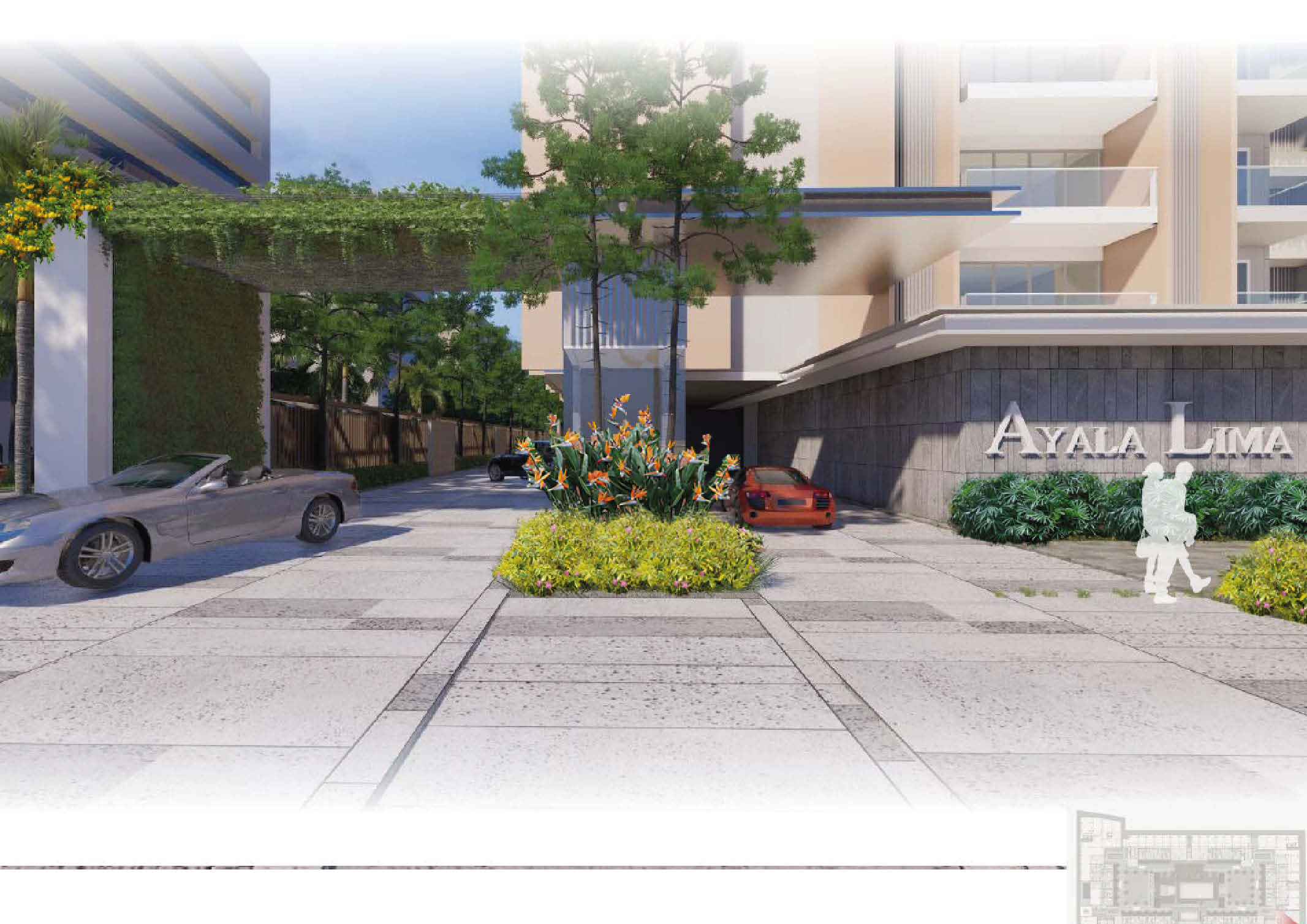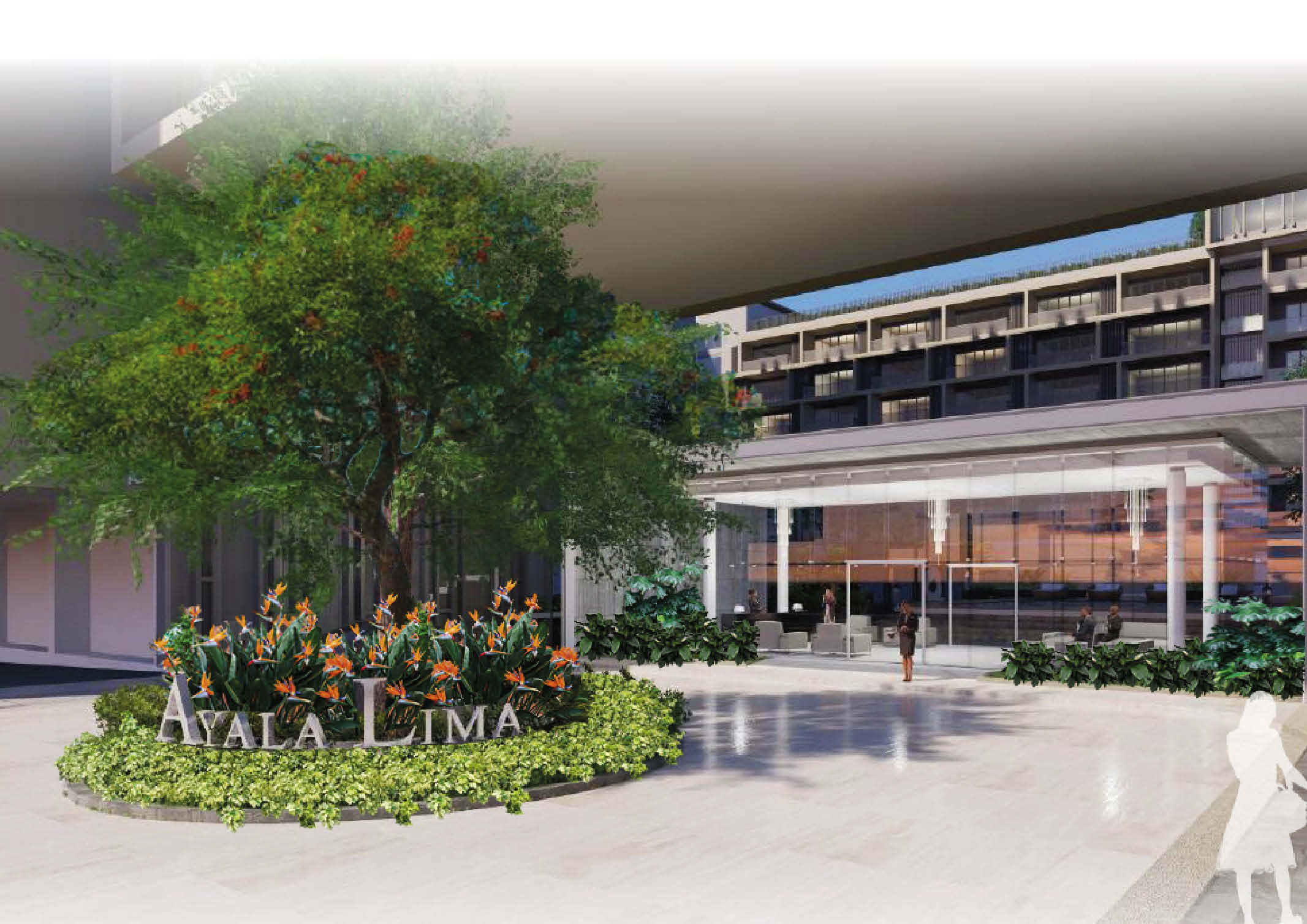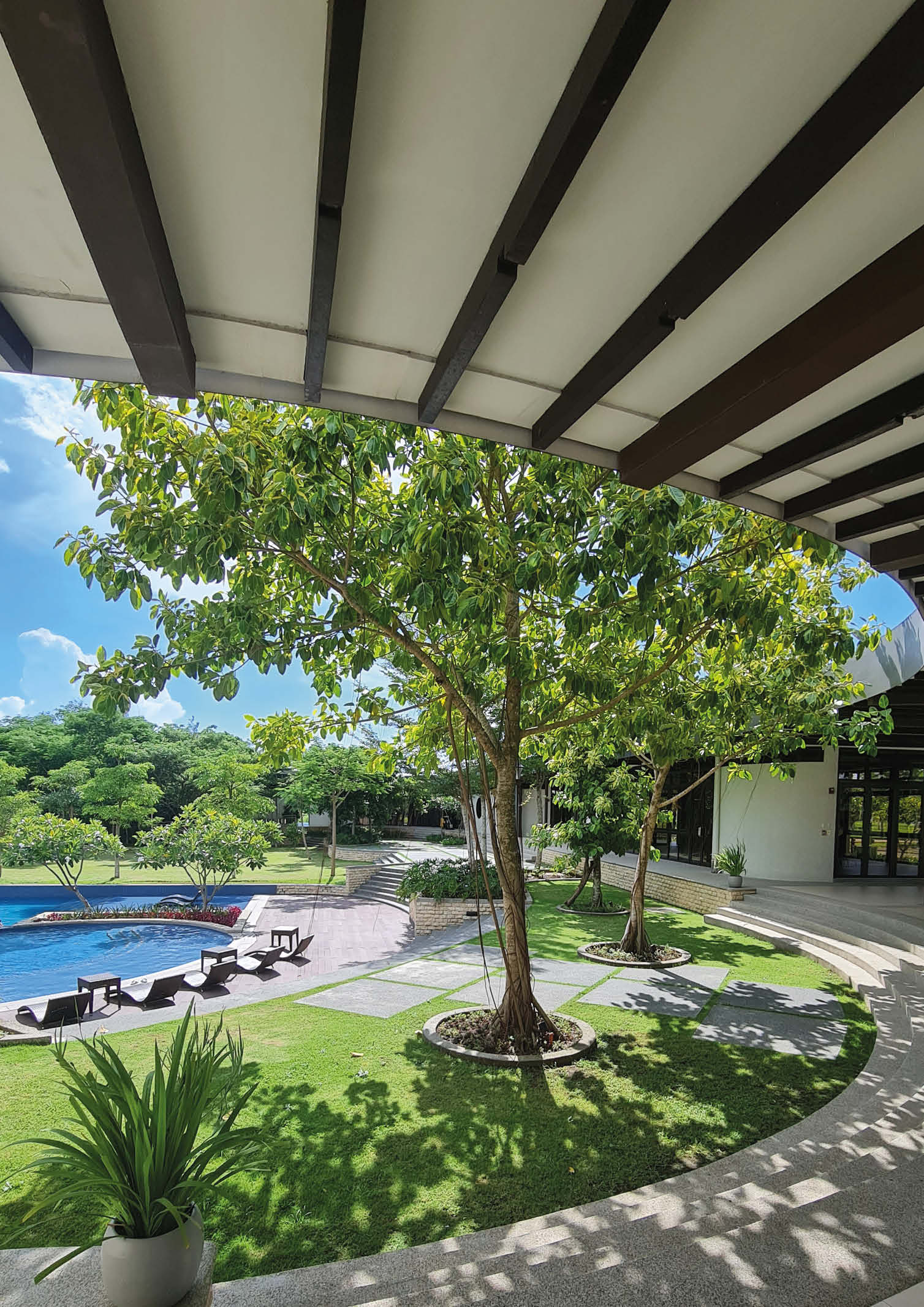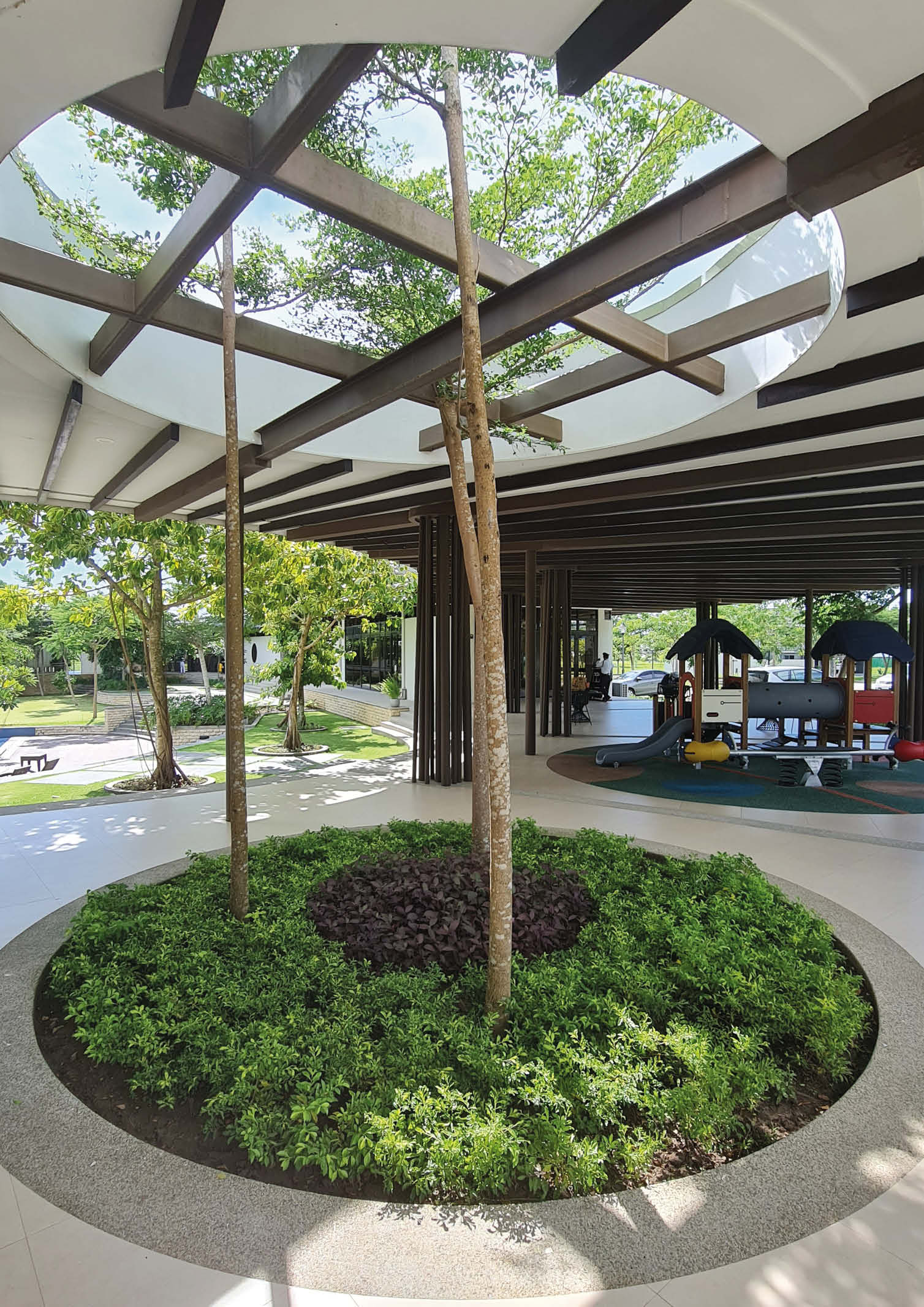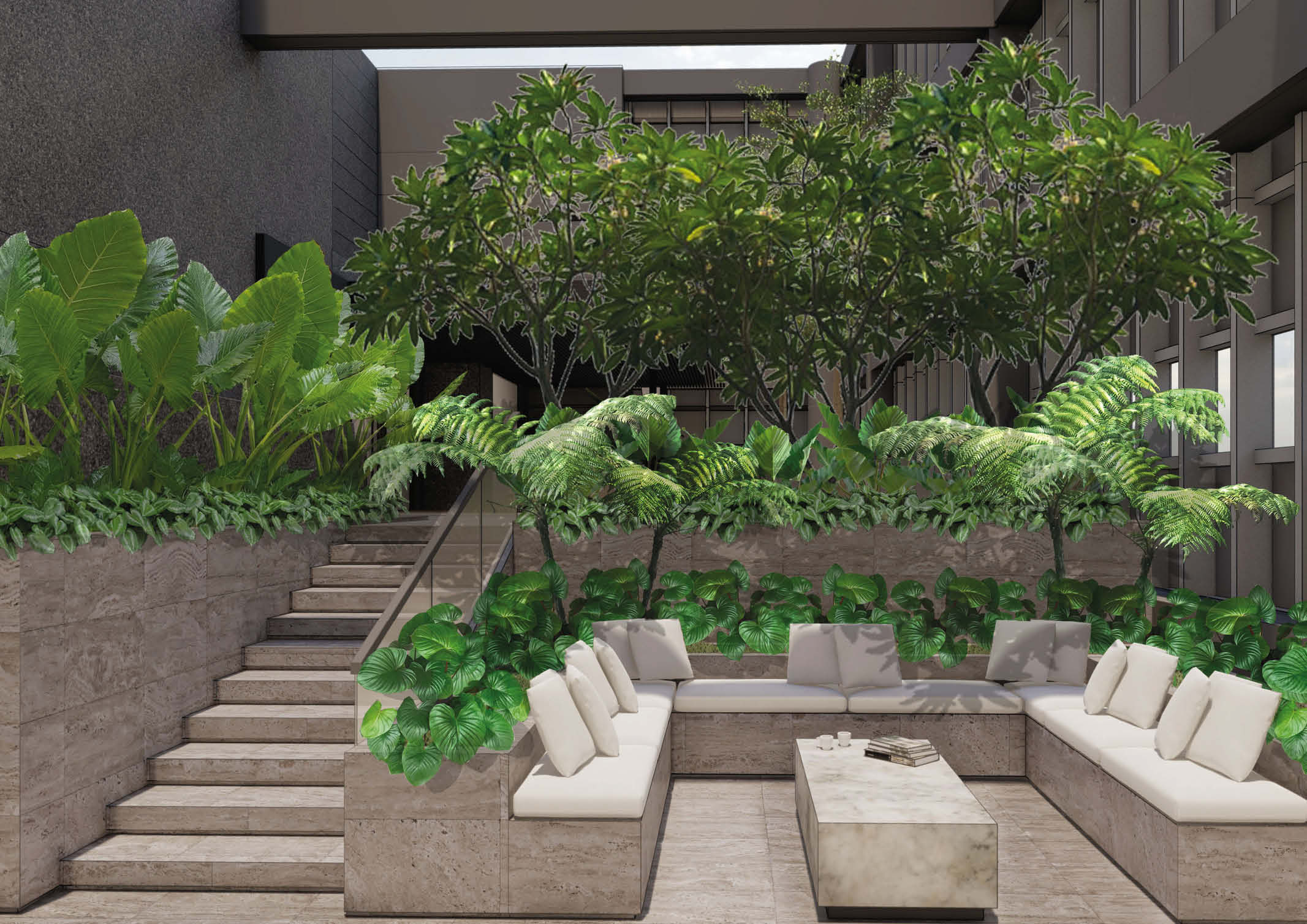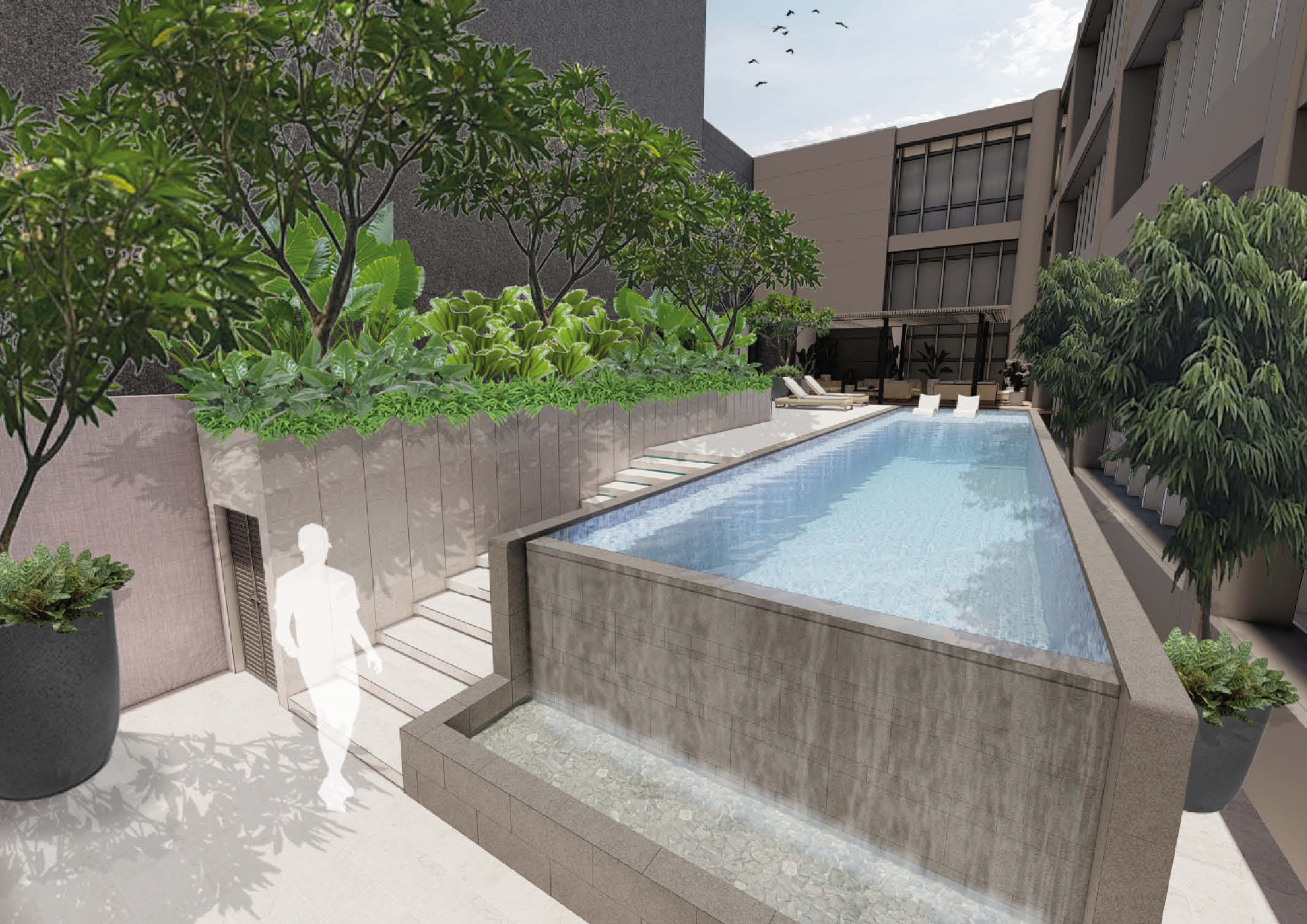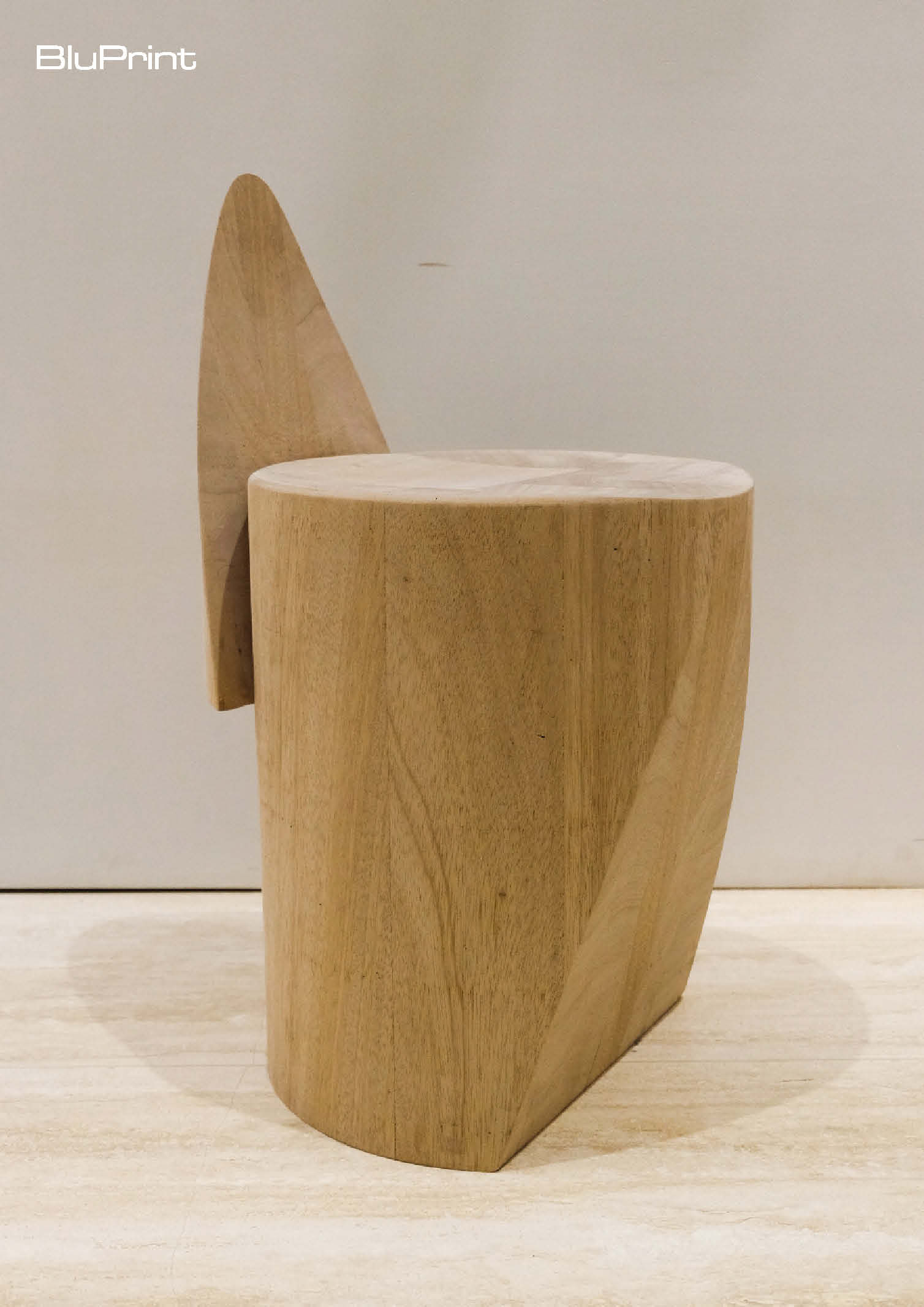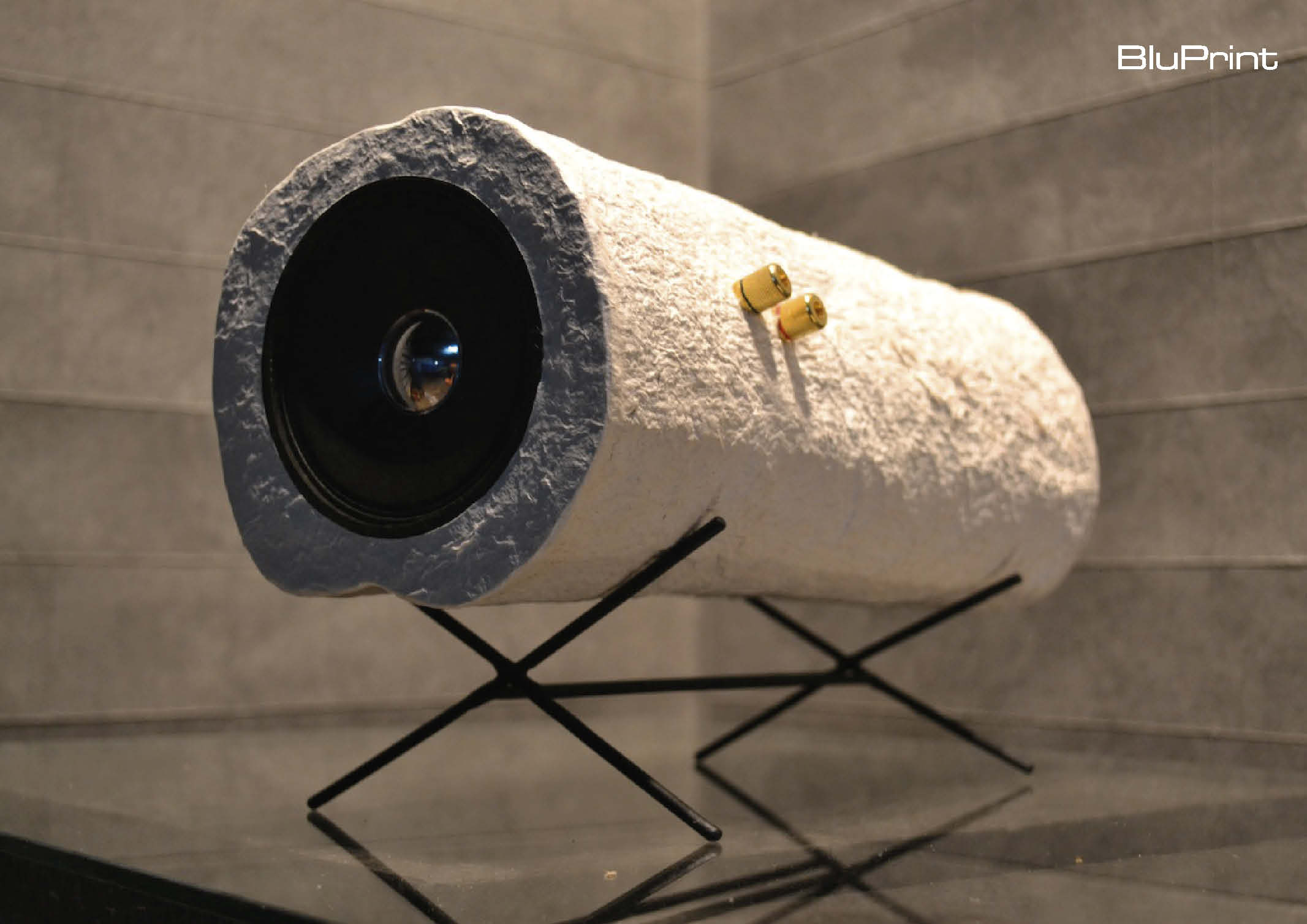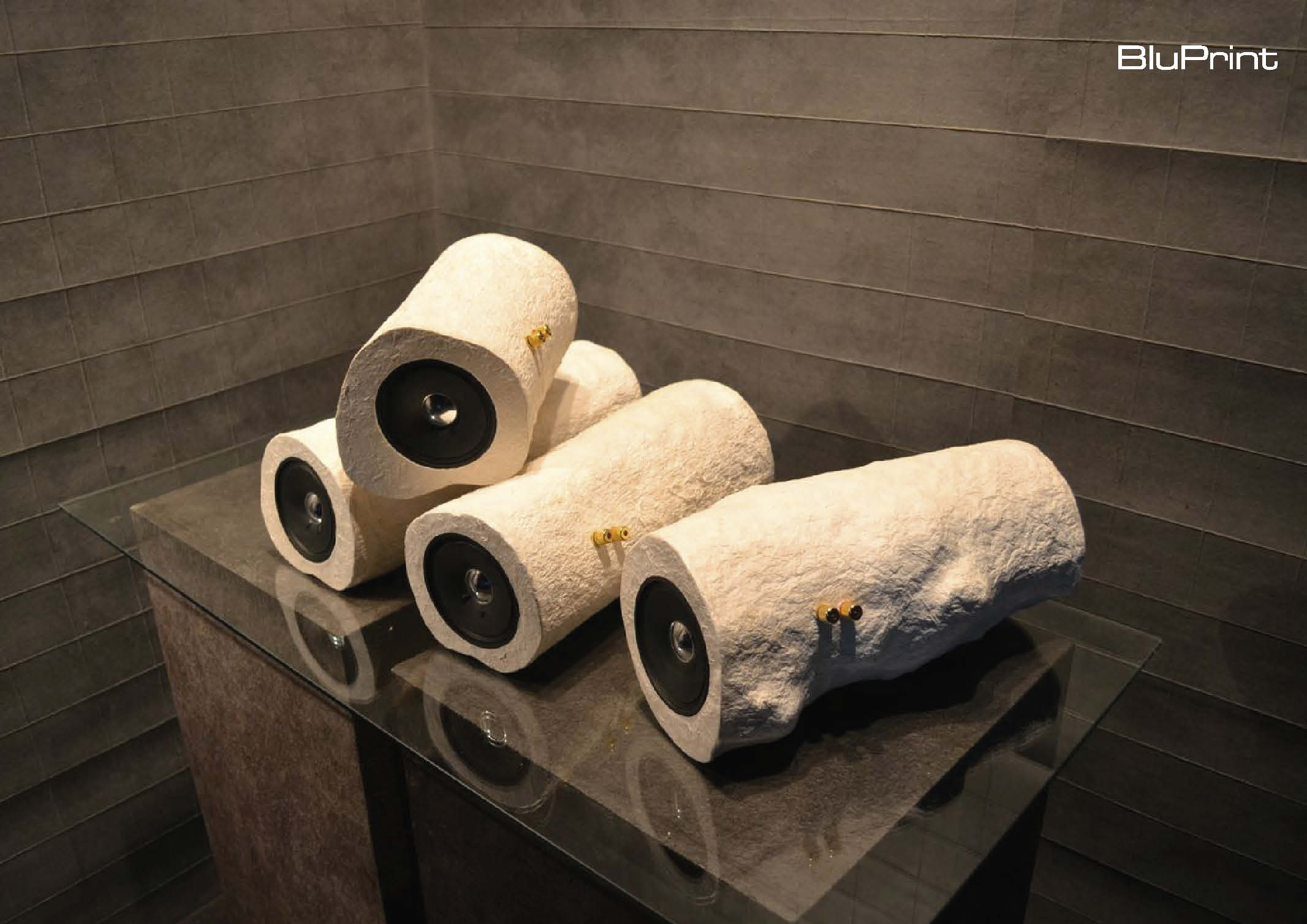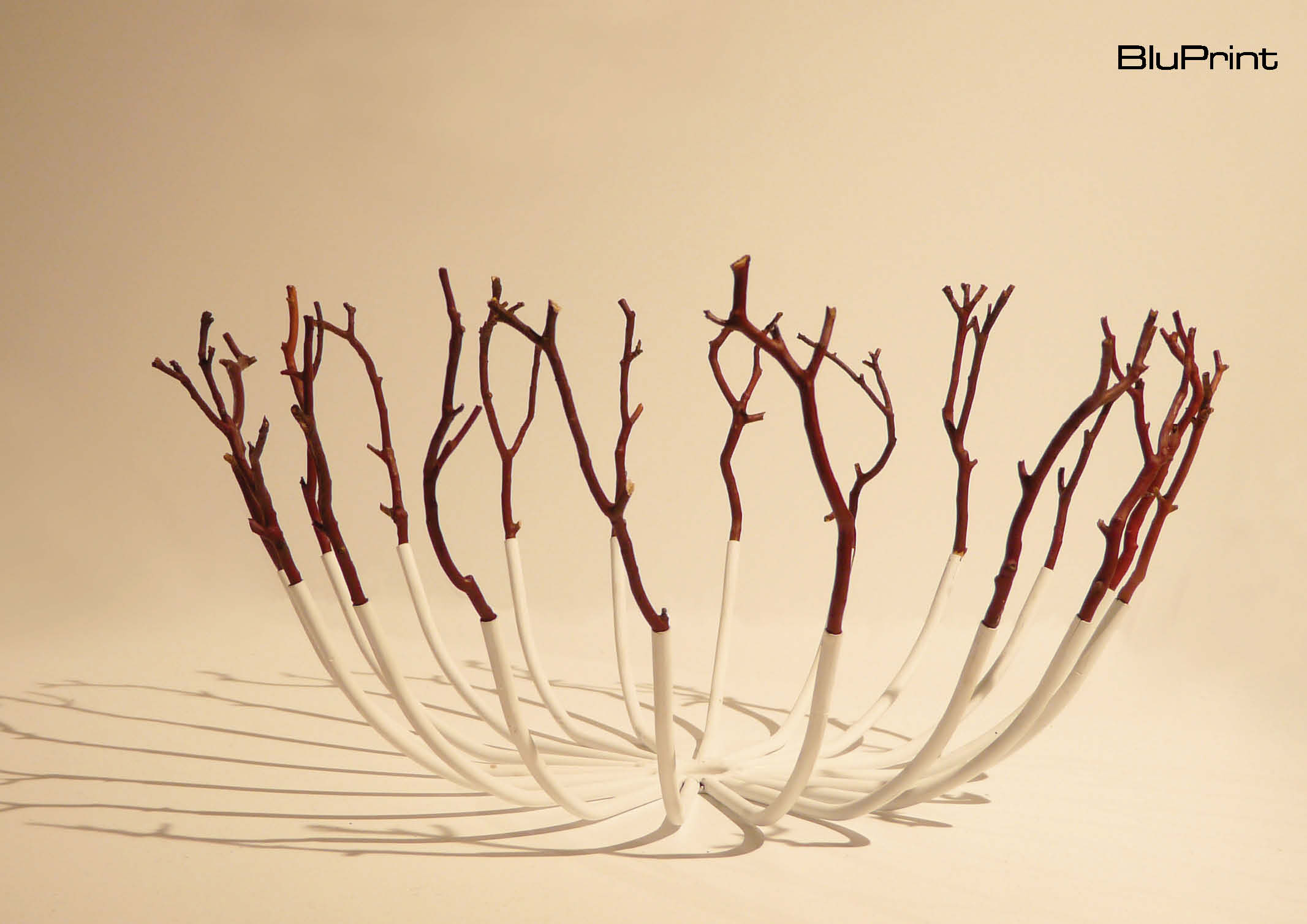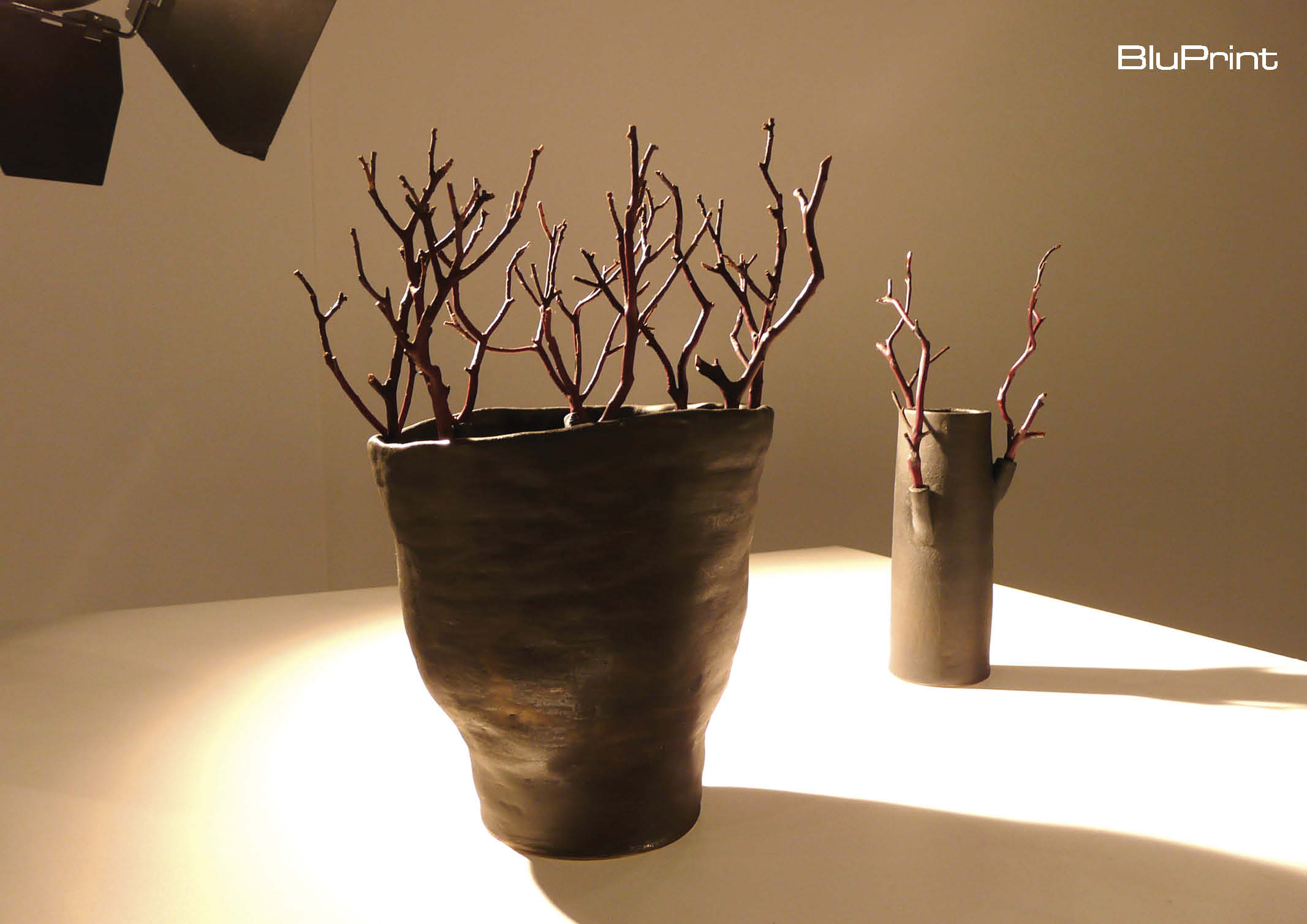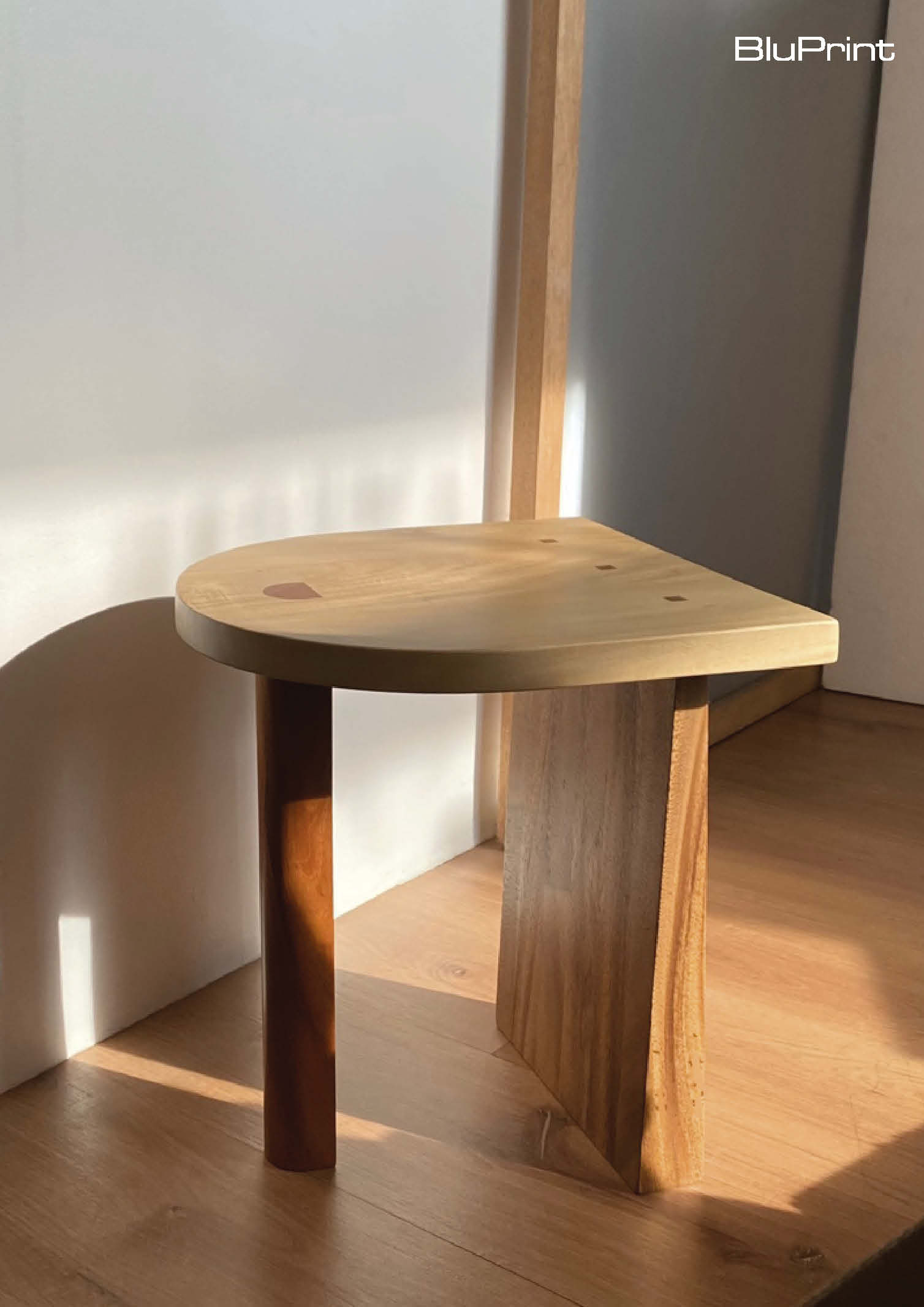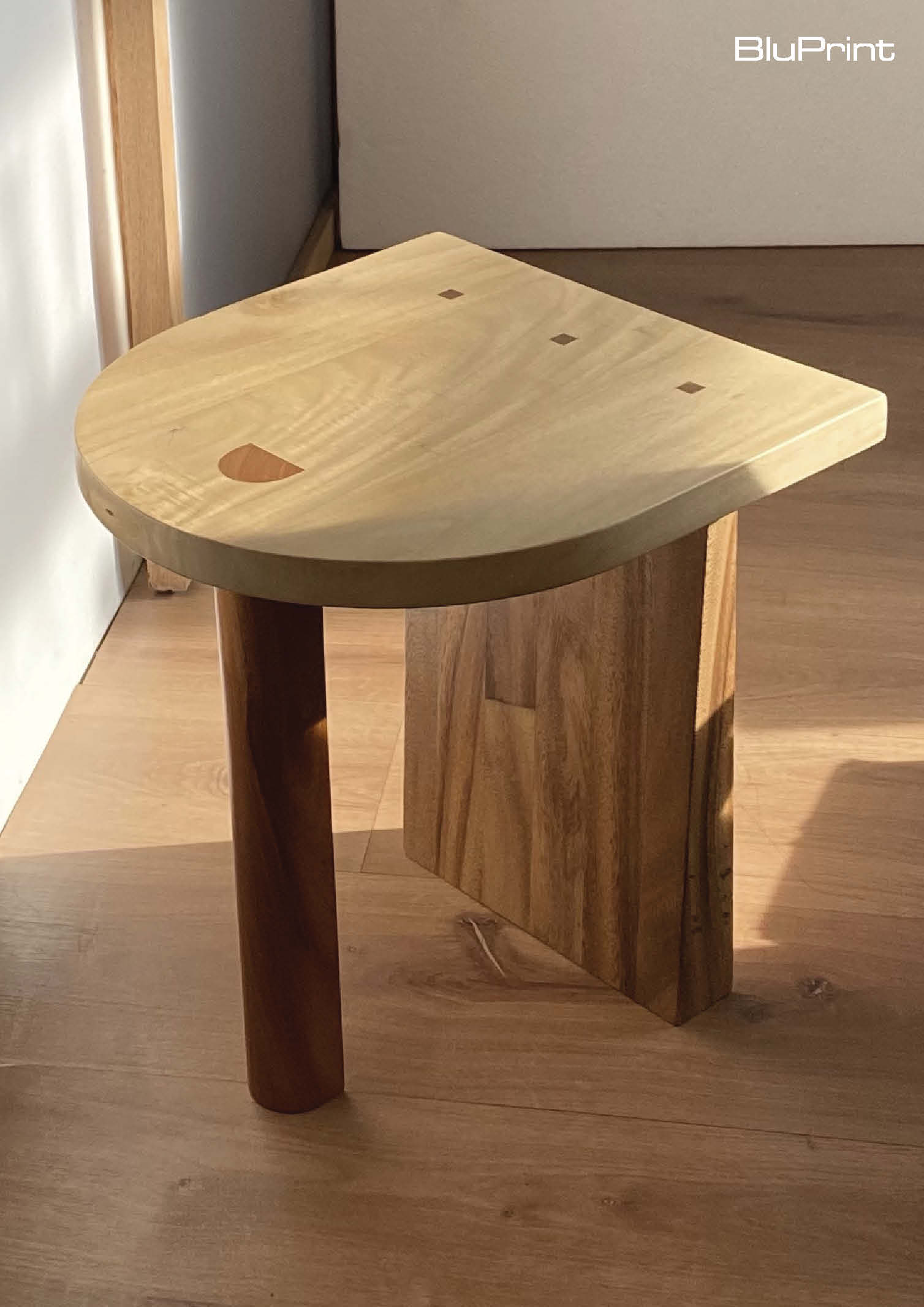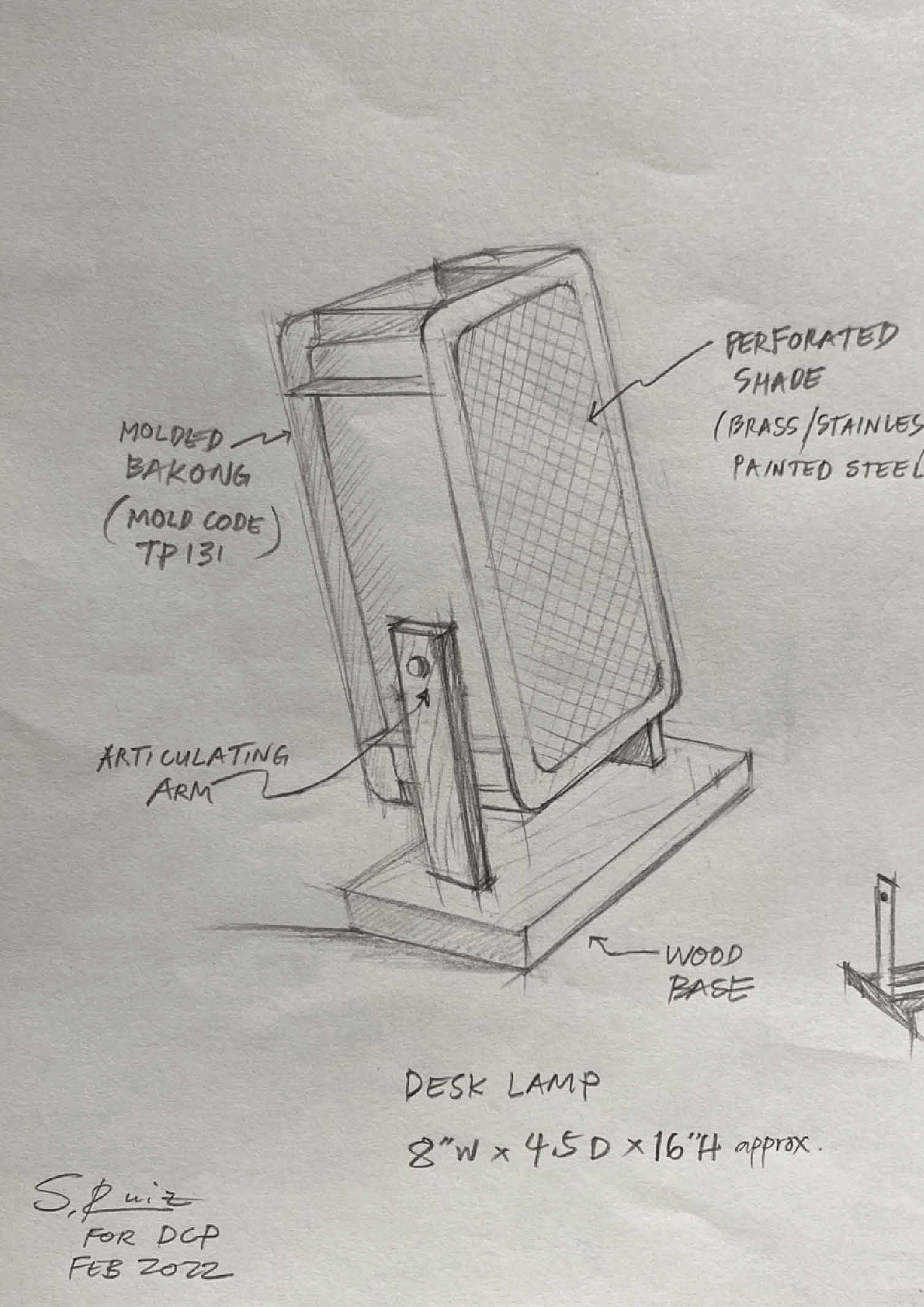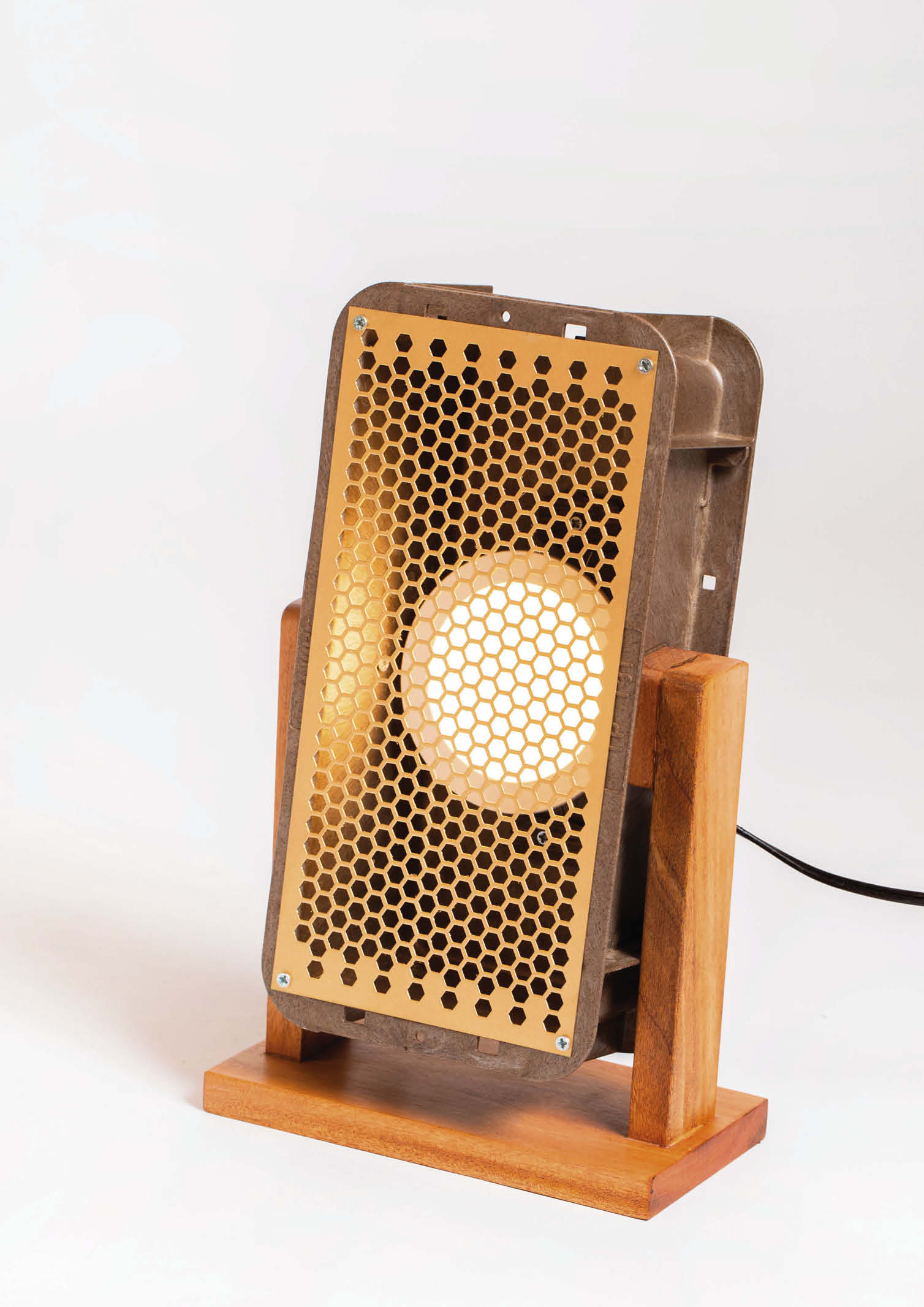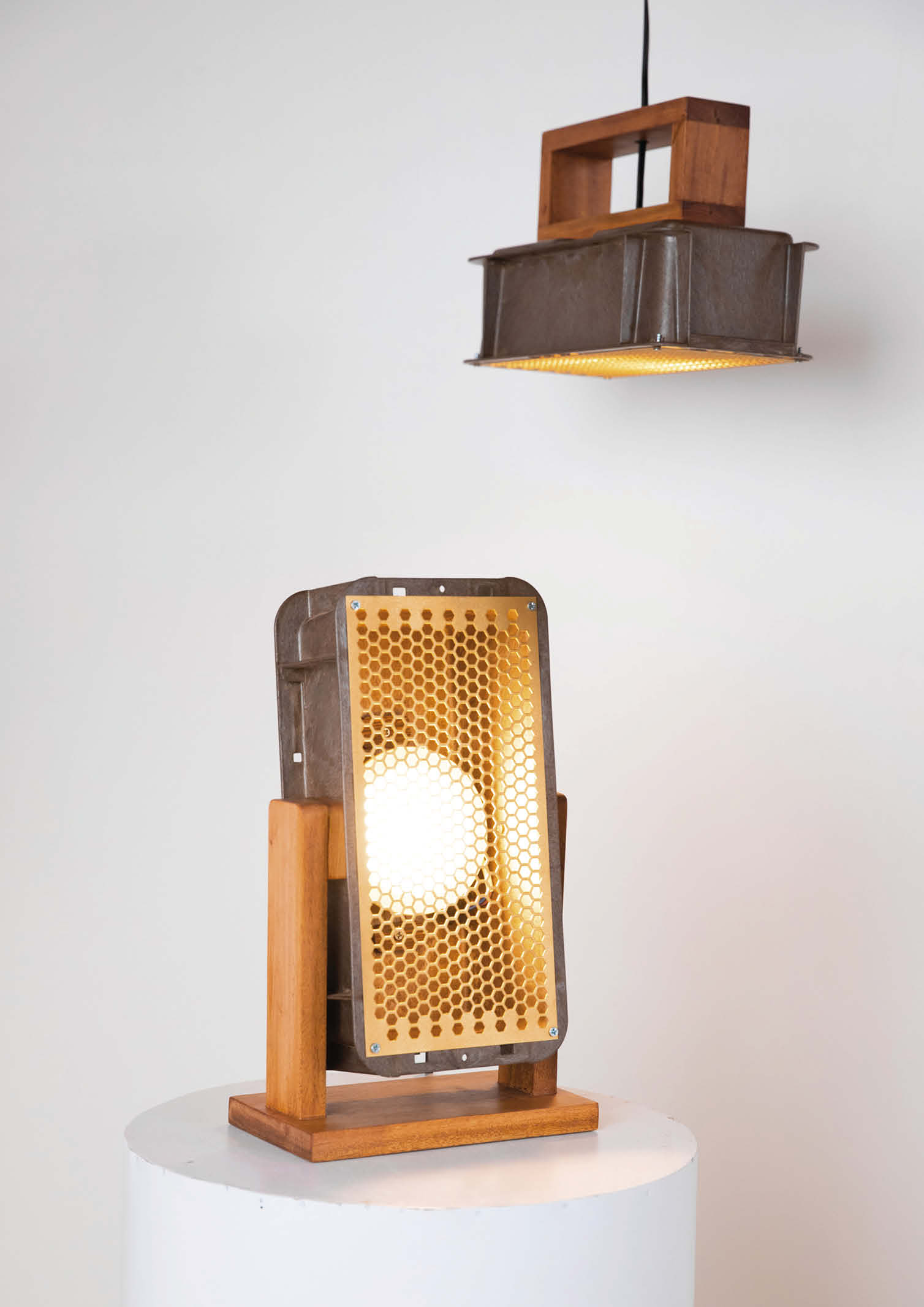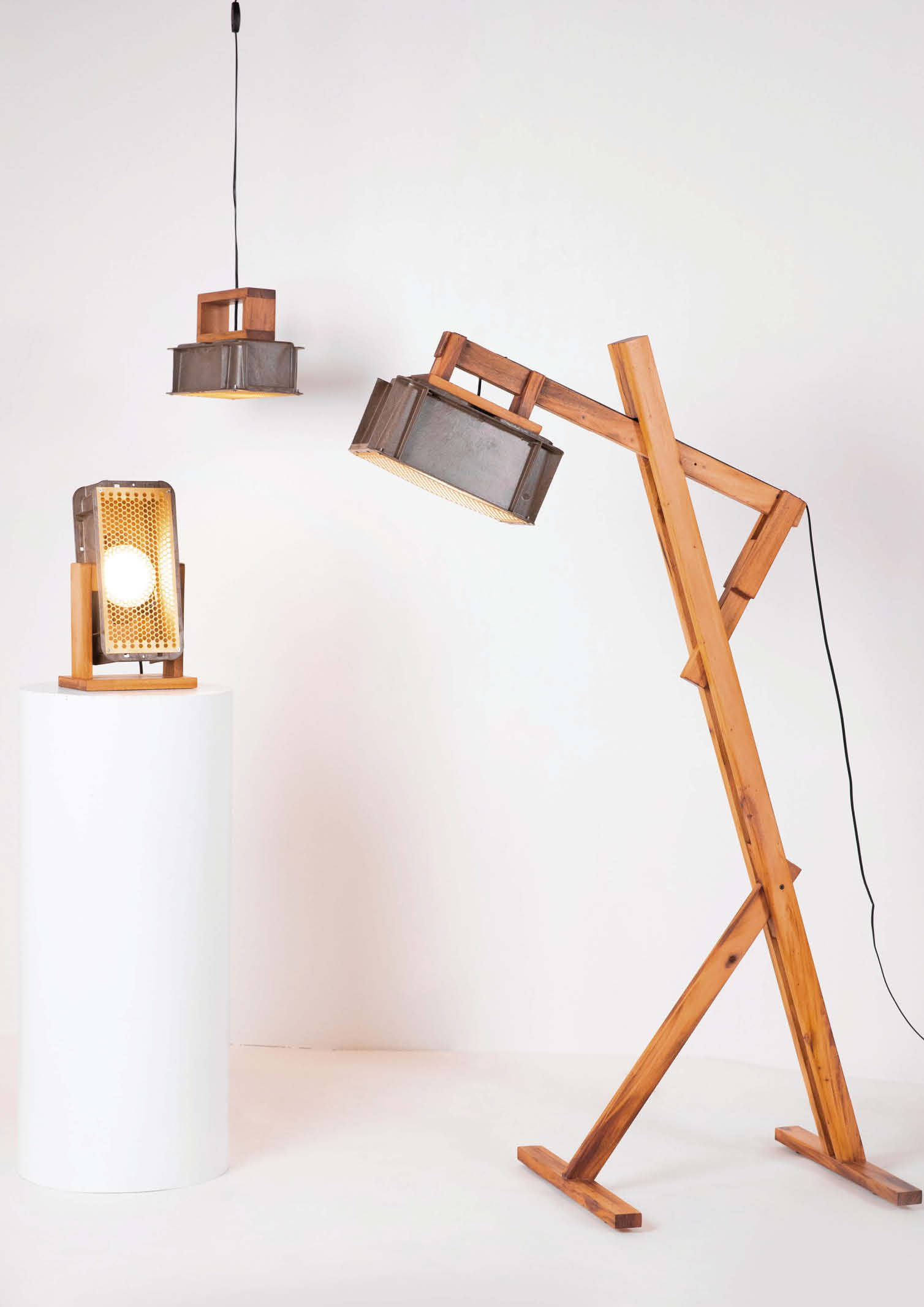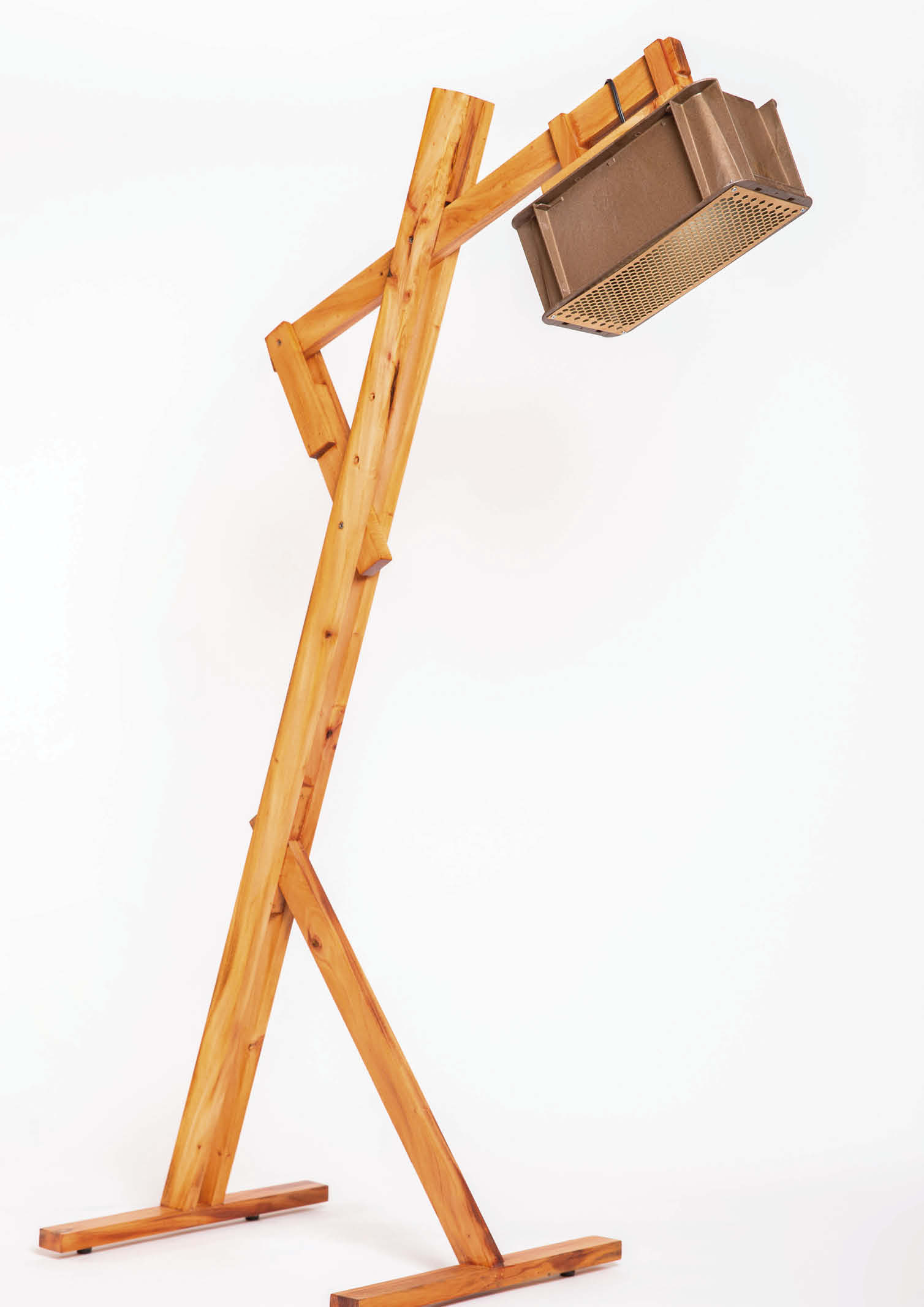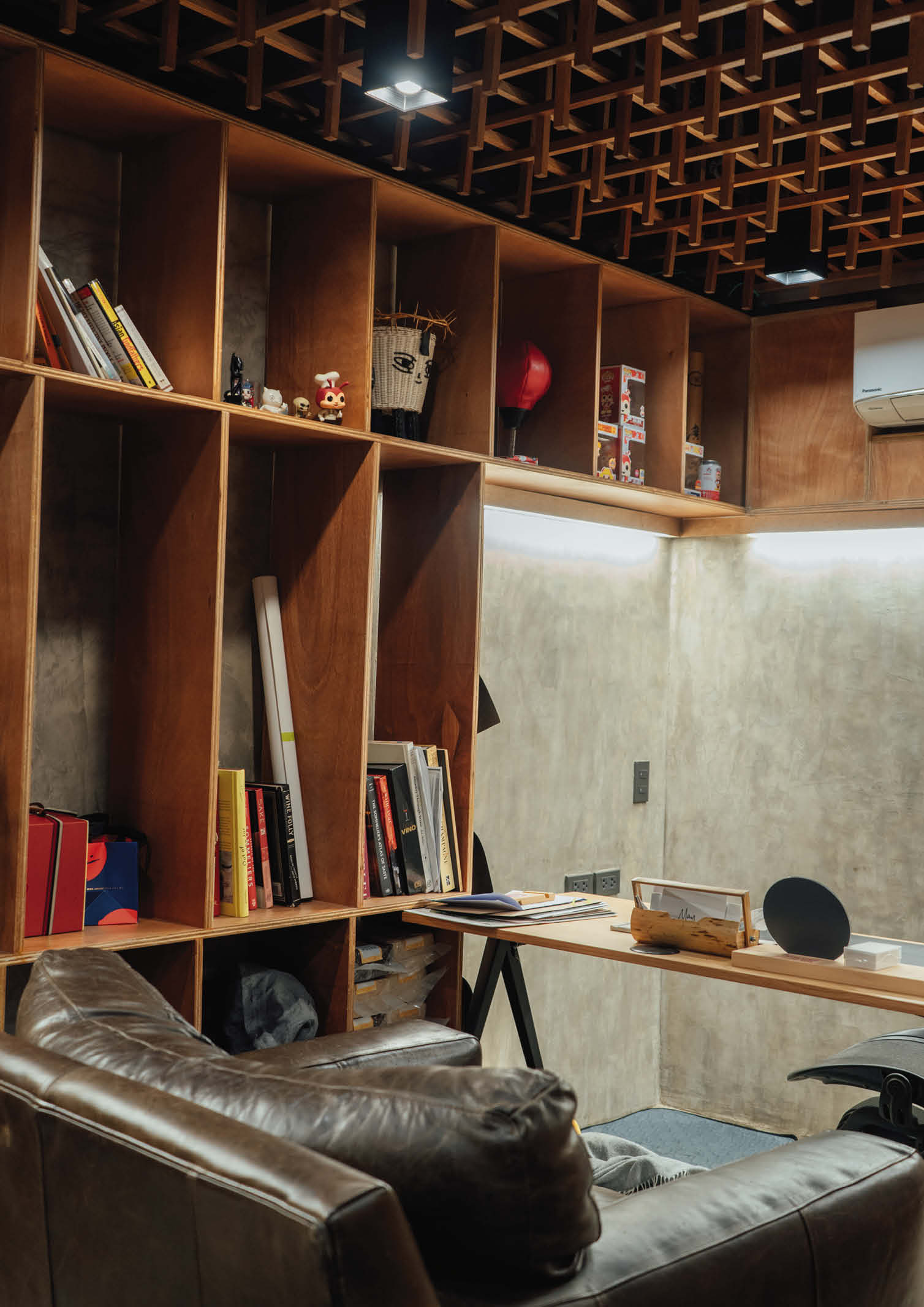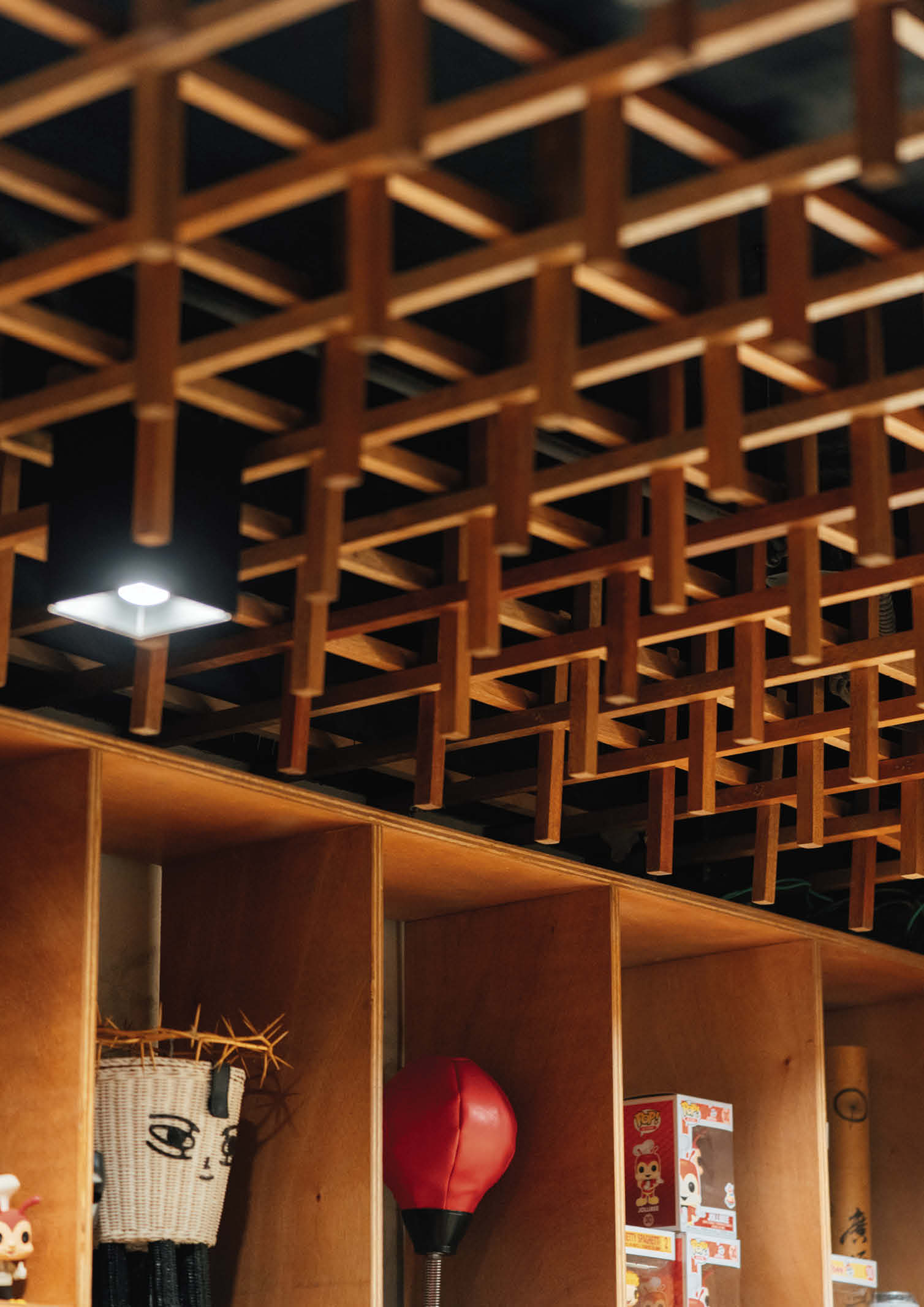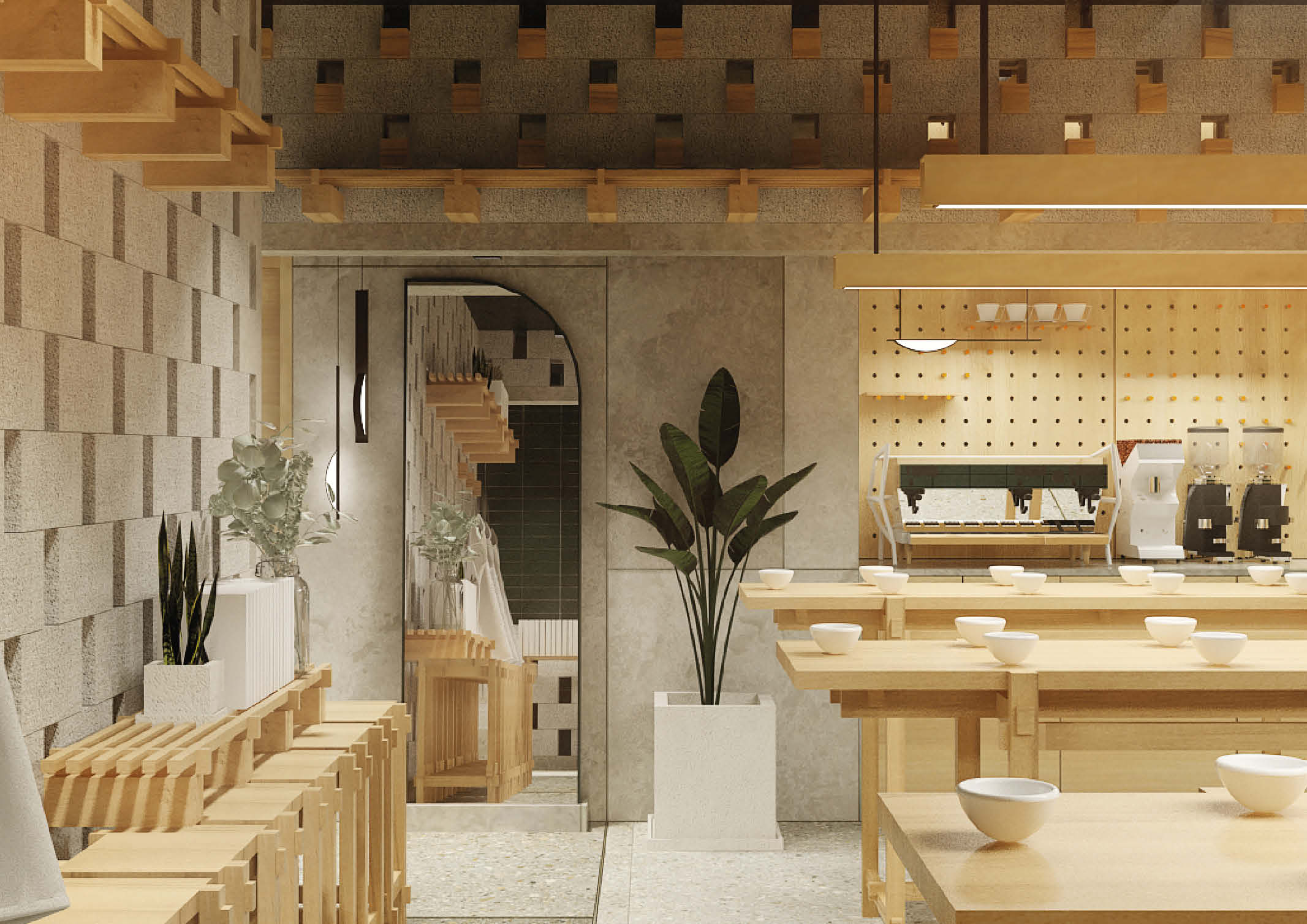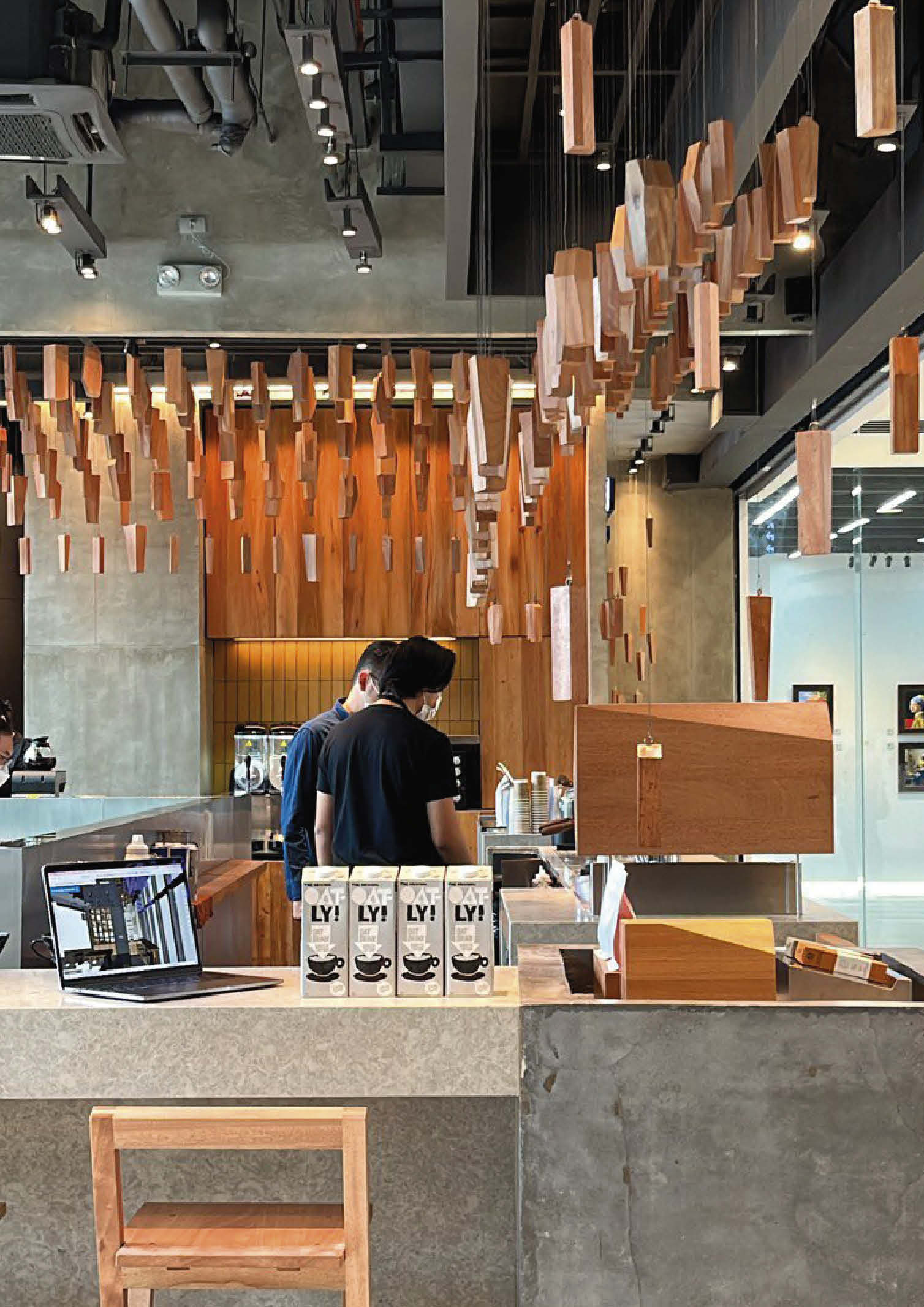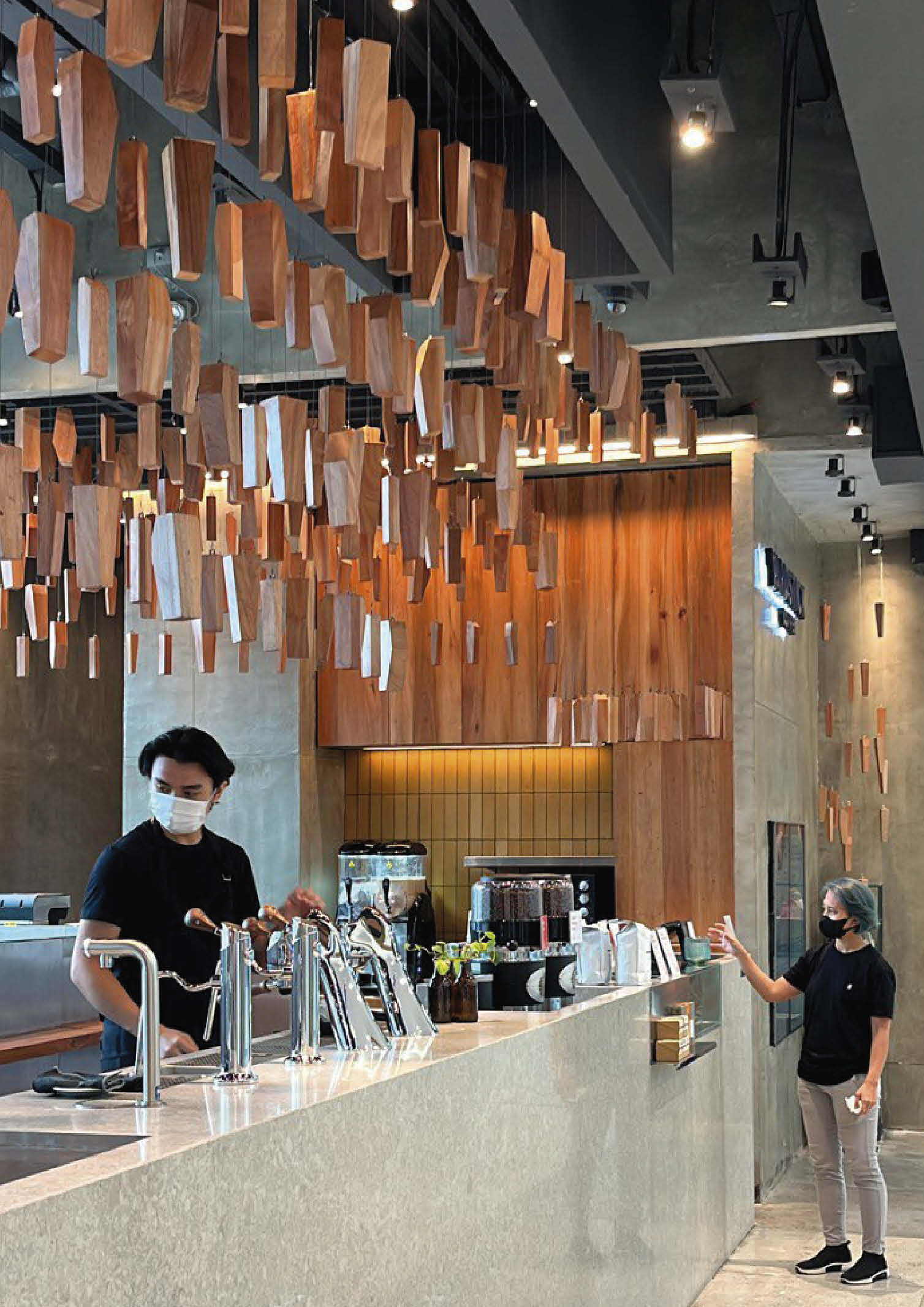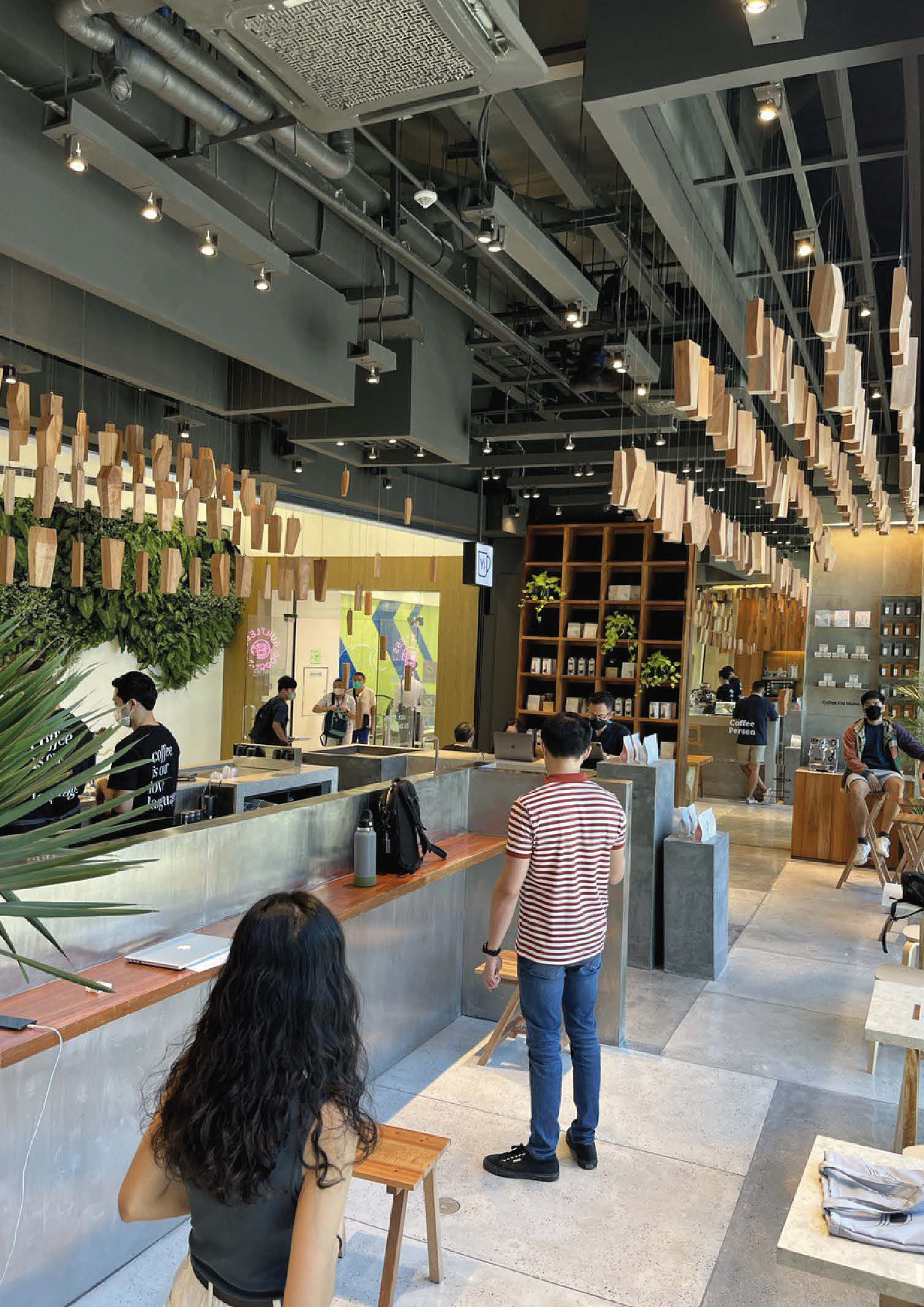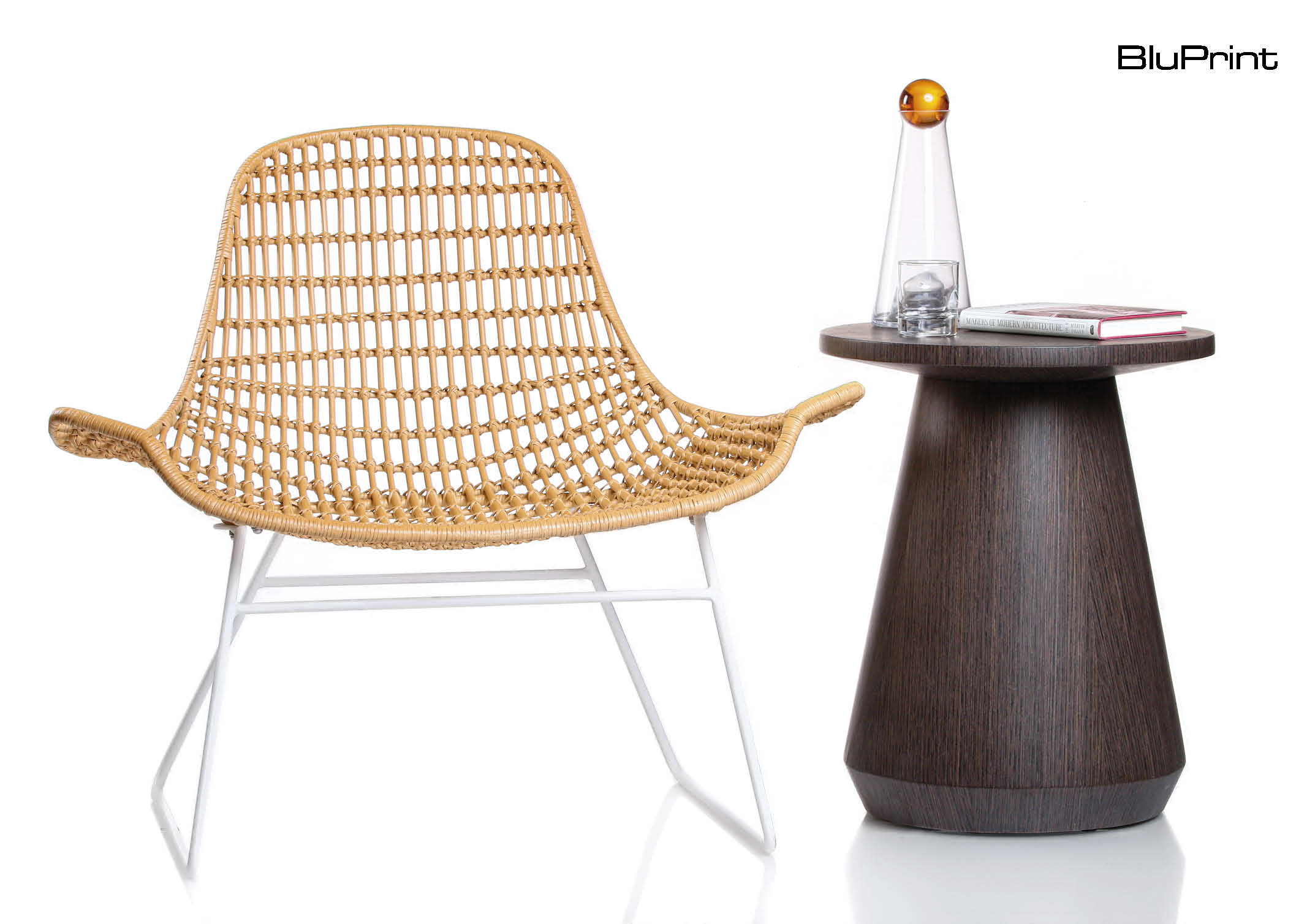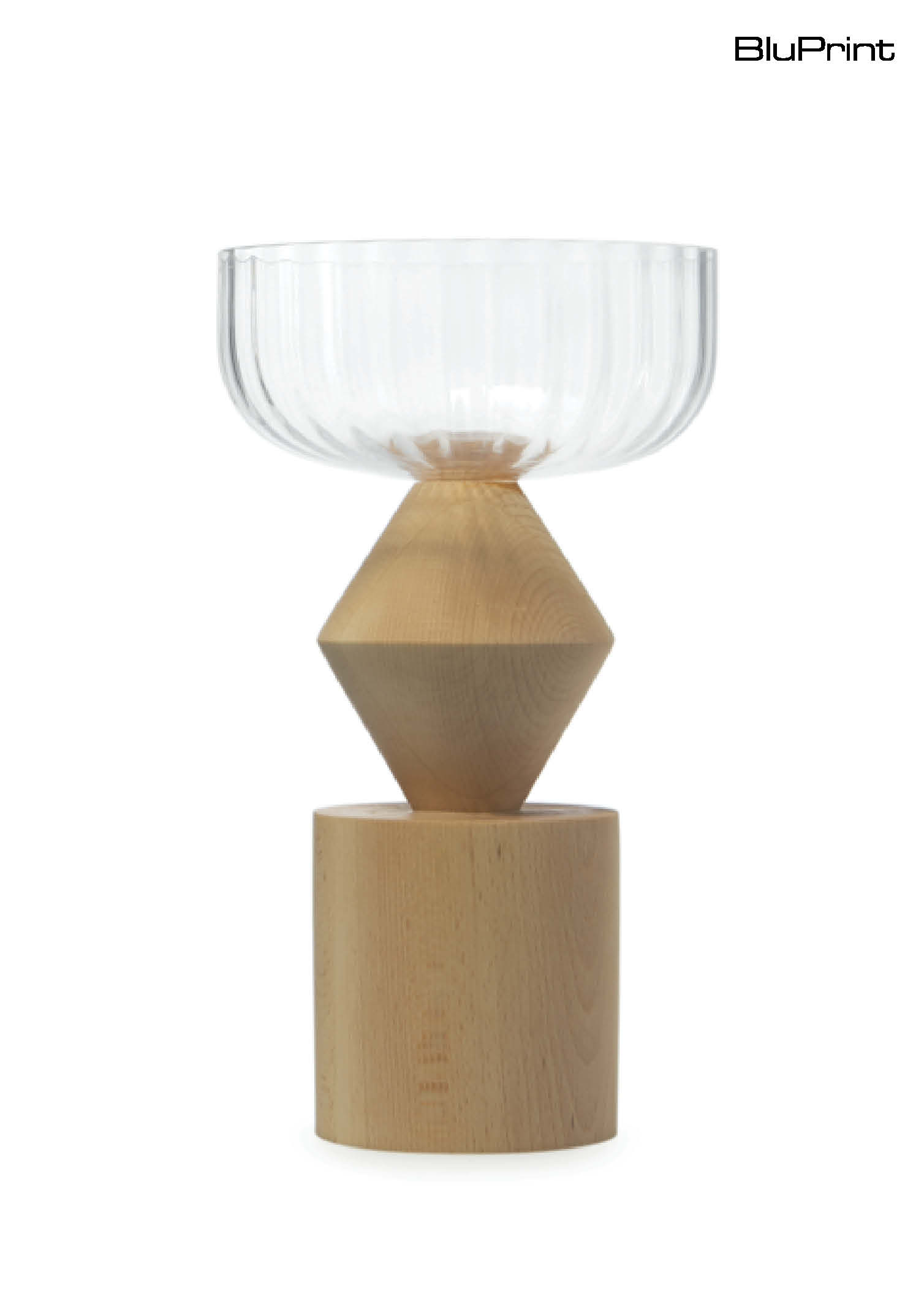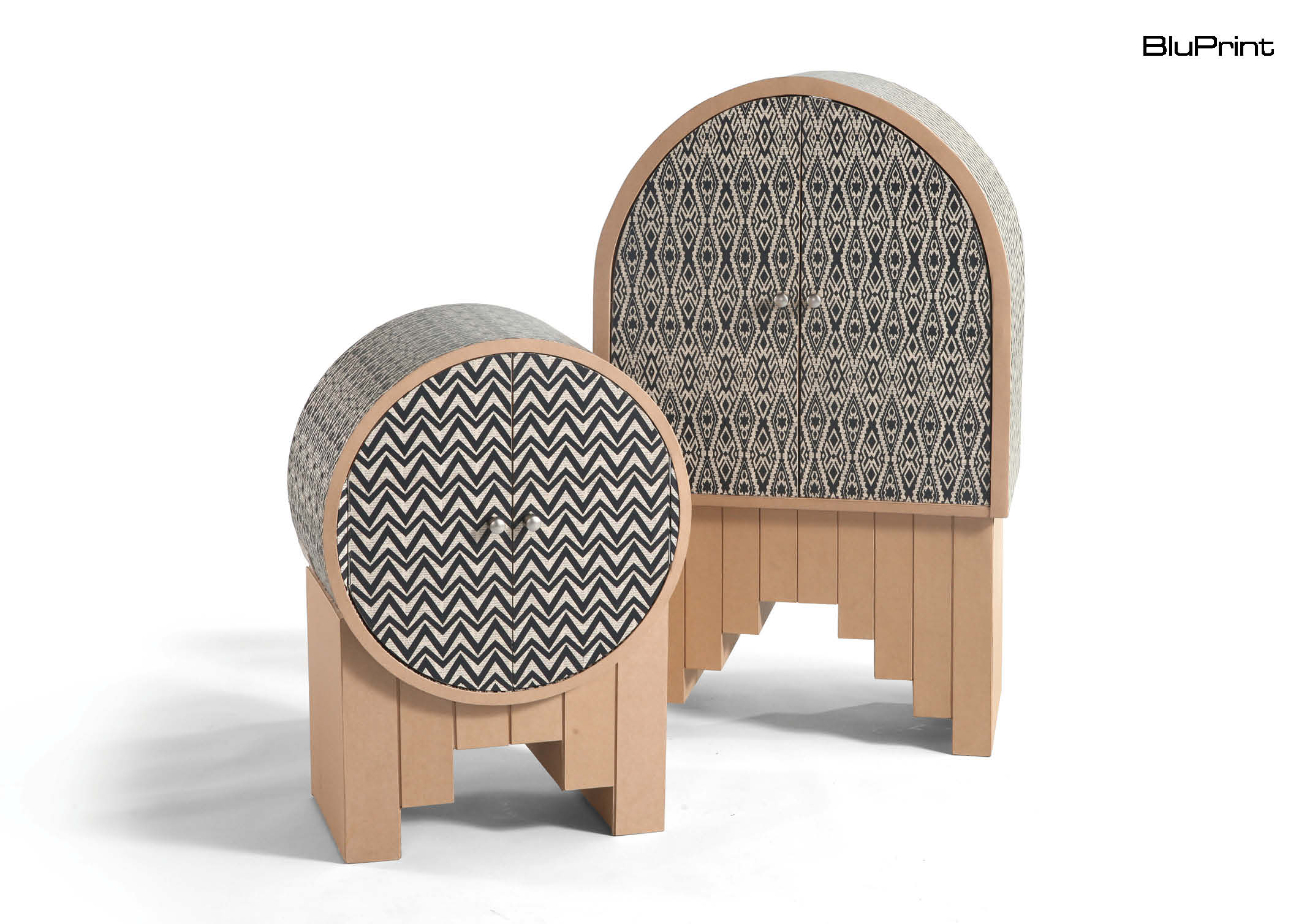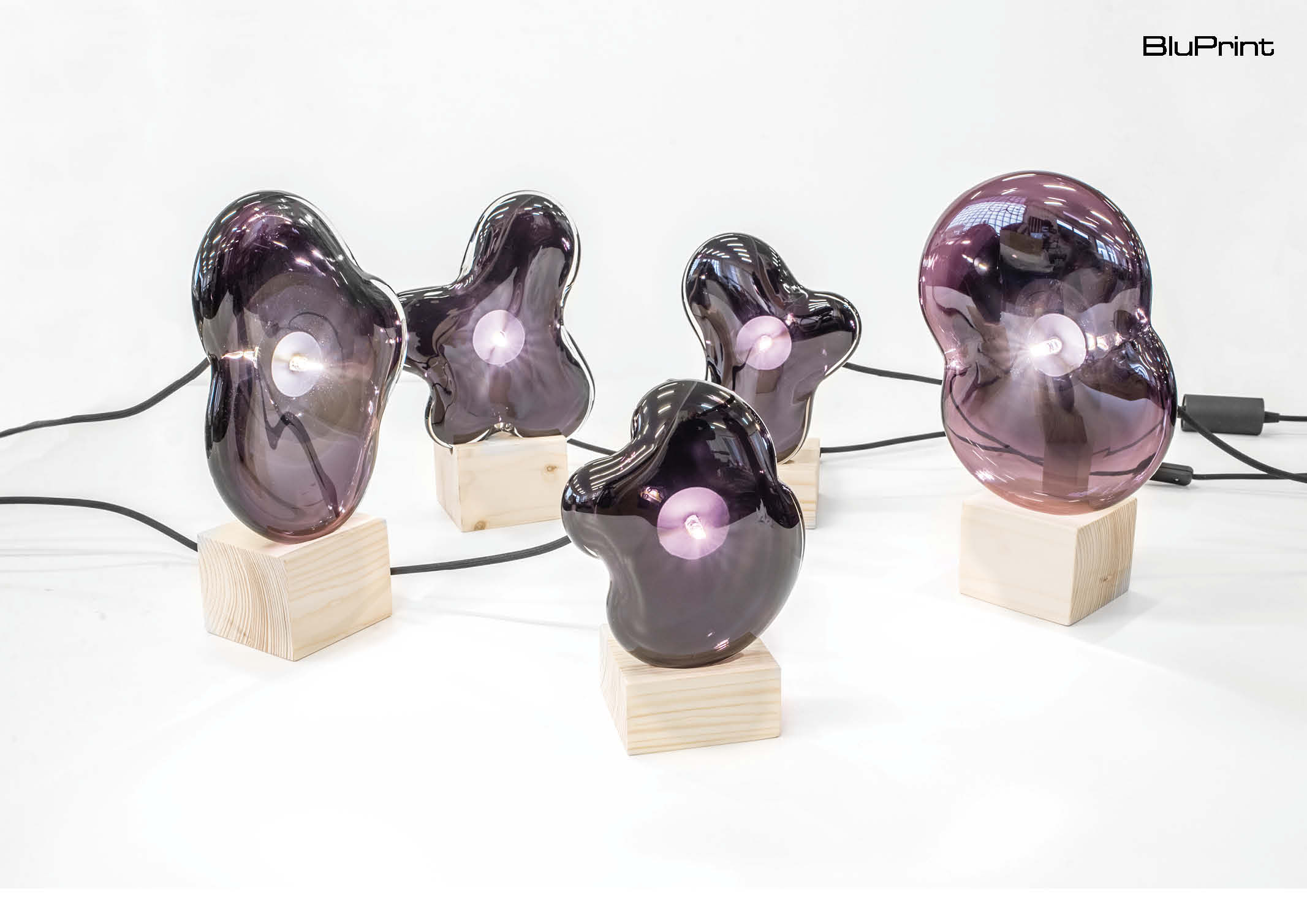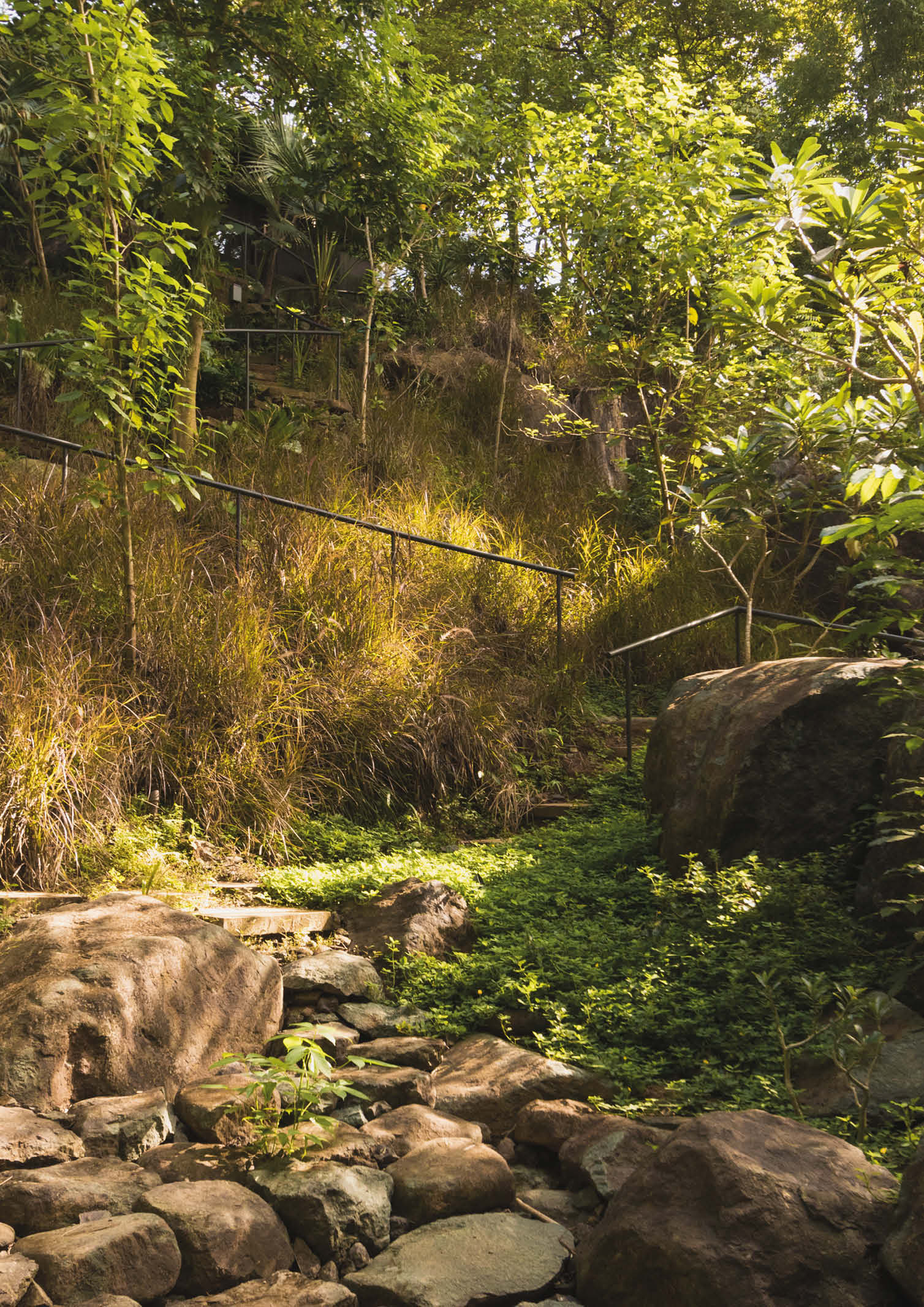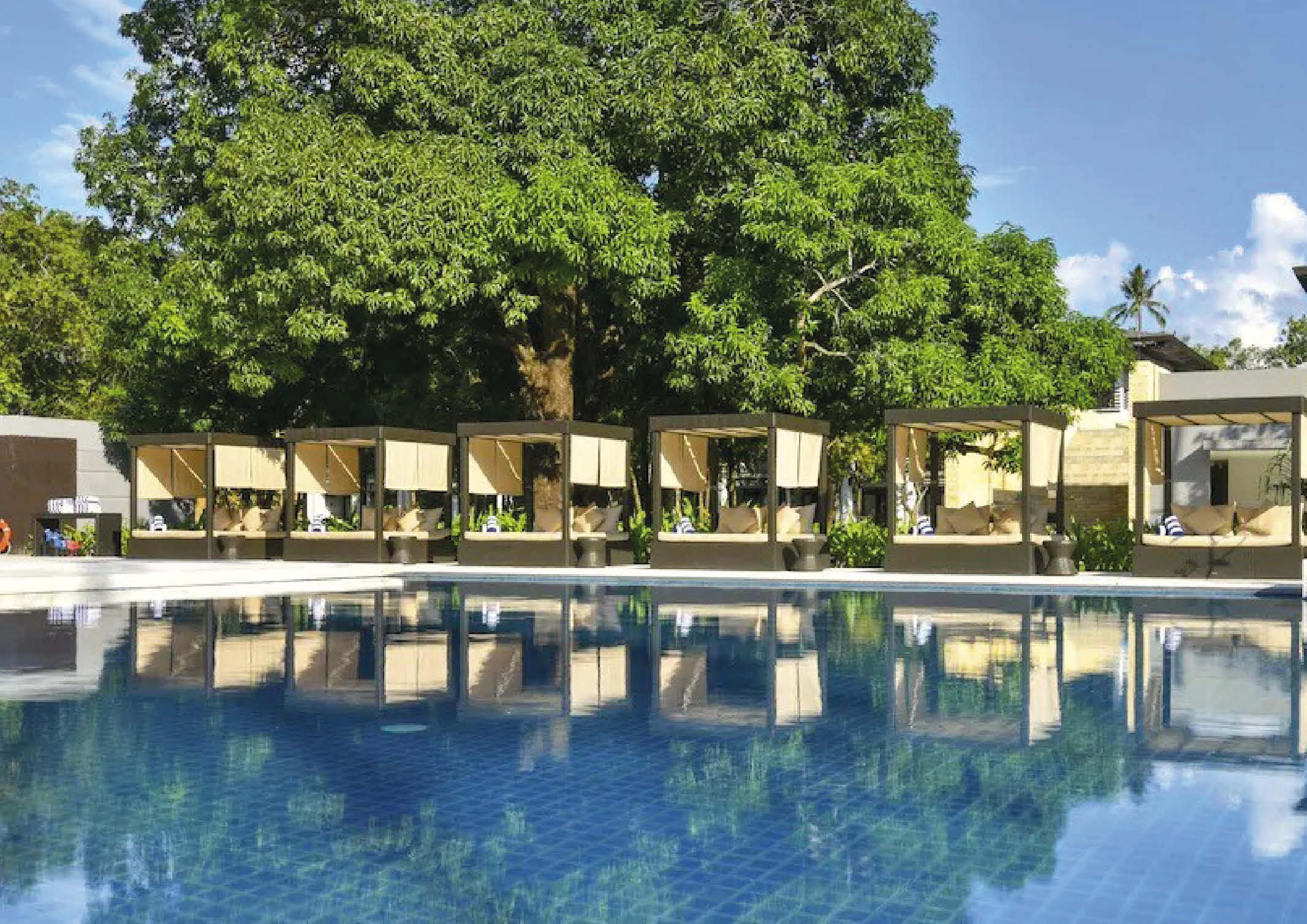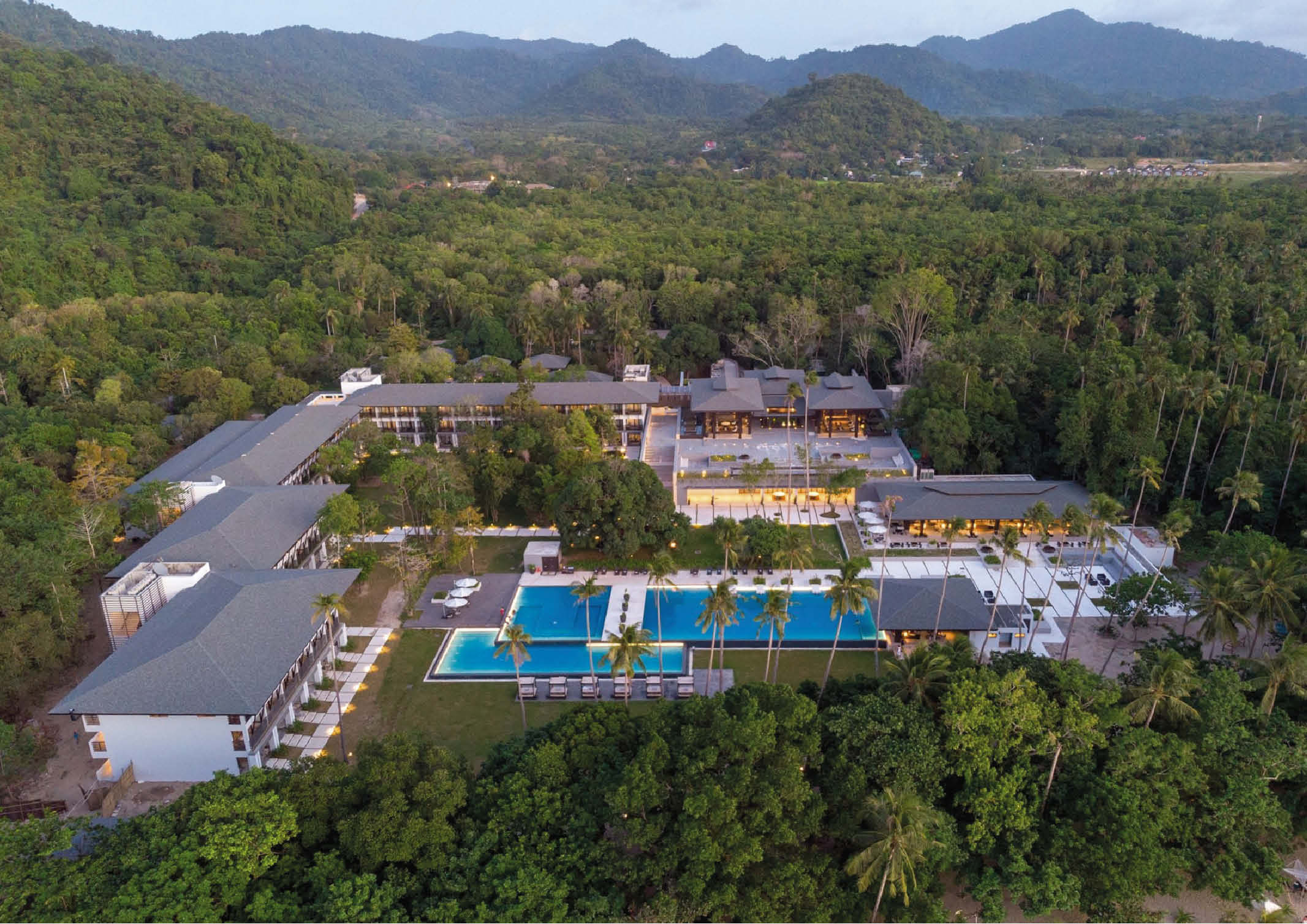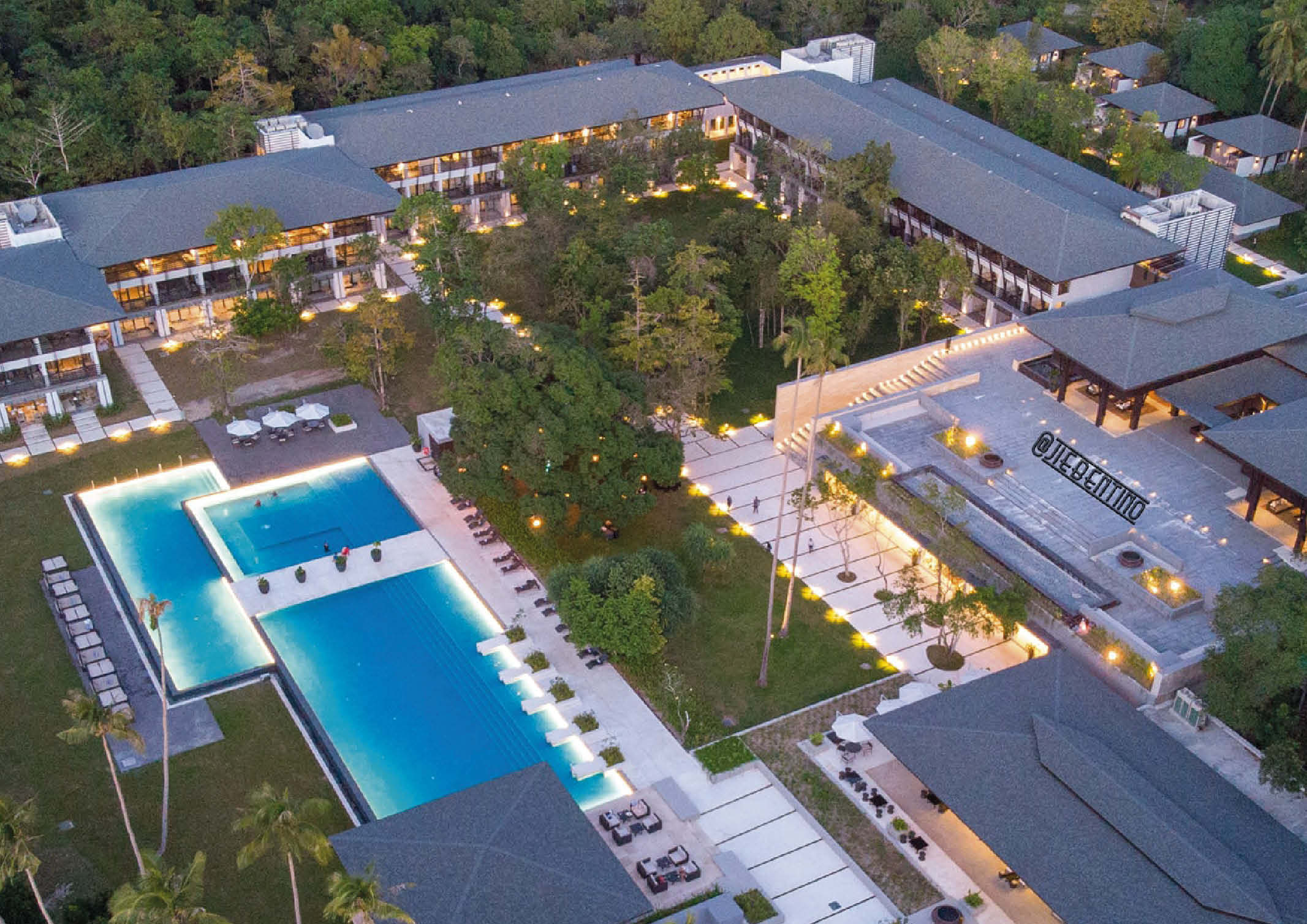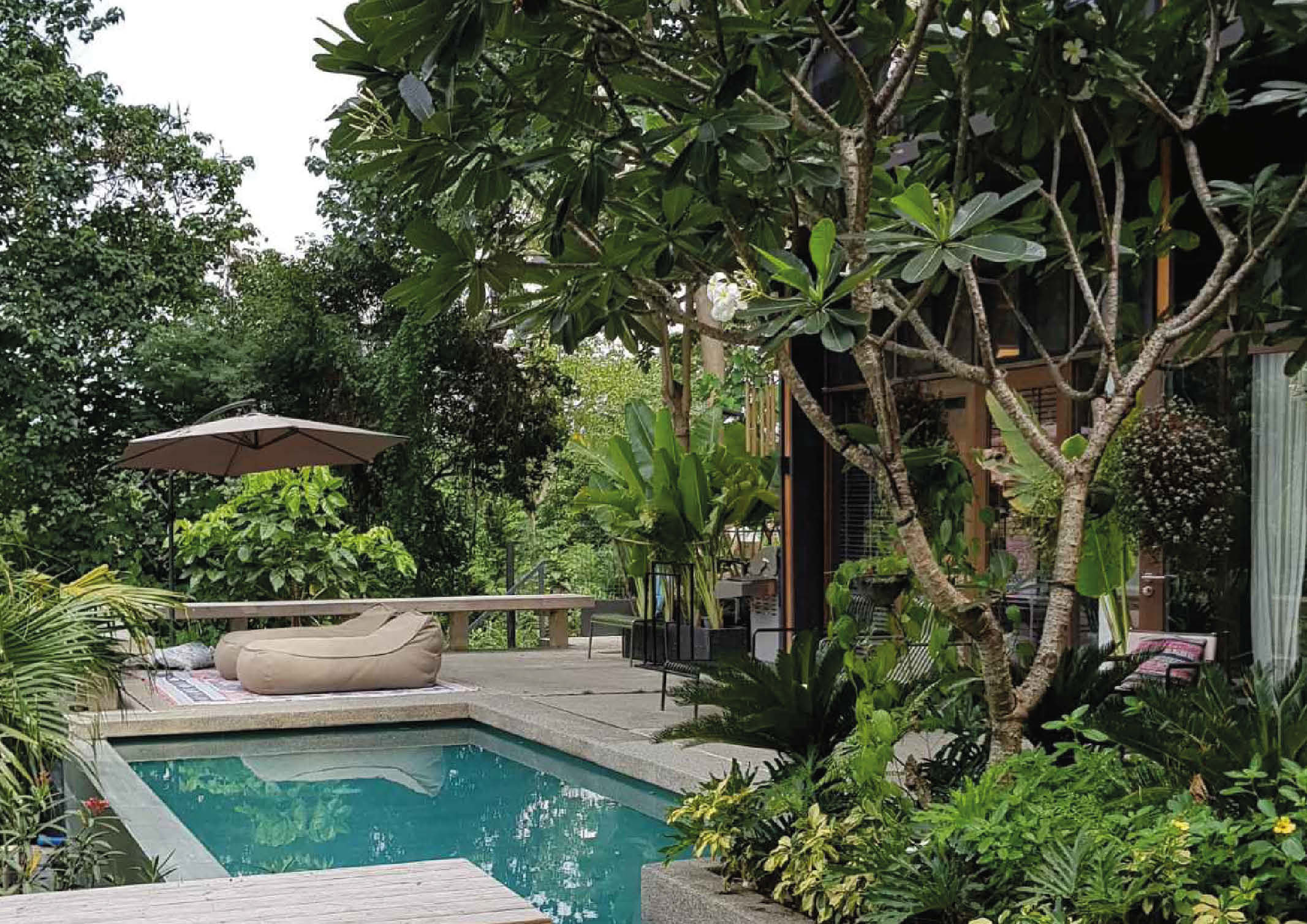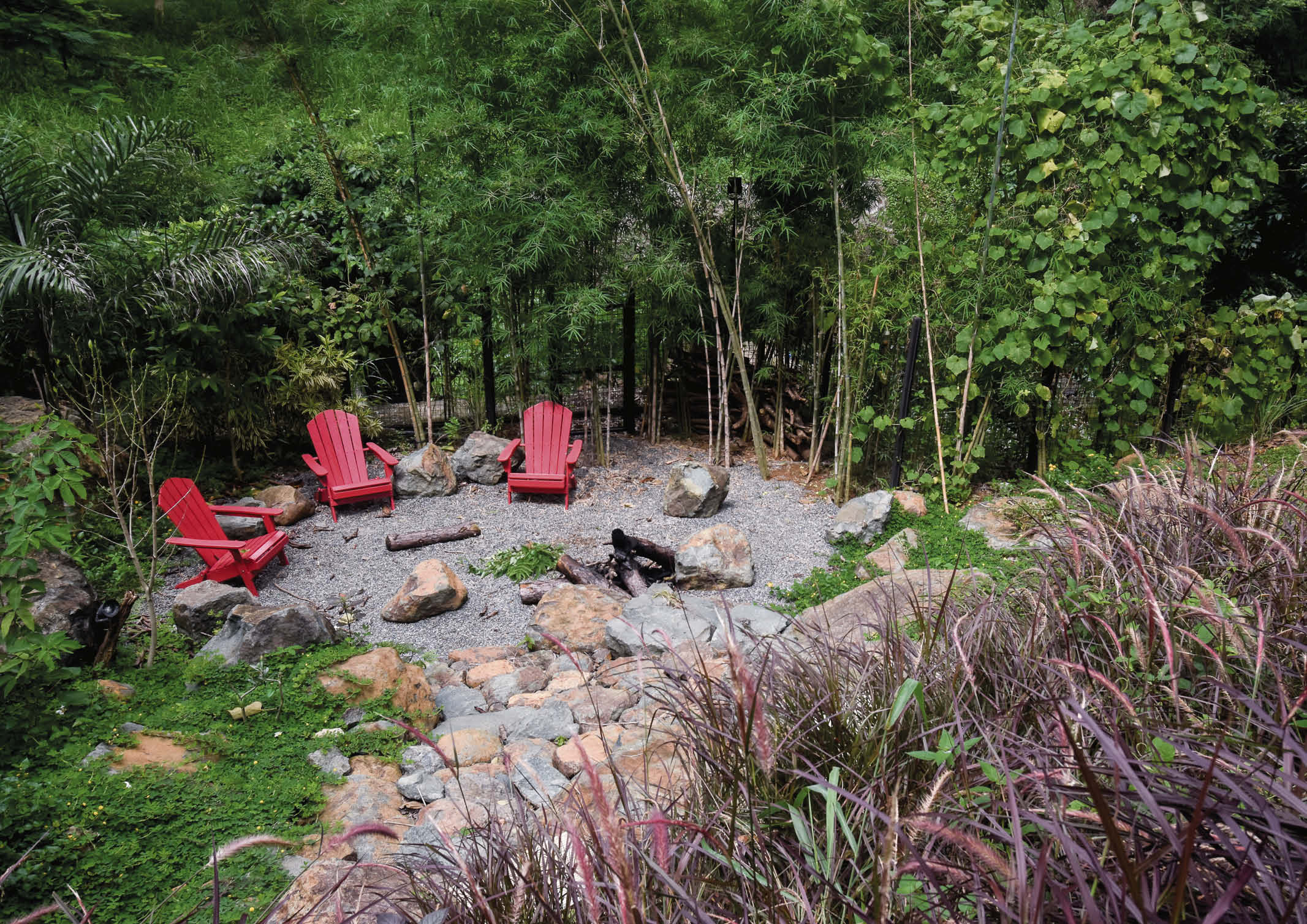
Emerging Icons in The Vanguard of Modern Philippine Architecture and Design
Creatives are both born and made. Many successful creatives have already possessed a high level of artistic intent and ability when they are born. Some are individuals with no initial creative talent but have mastered the art of creating through proper training. In an industry full of creative people, however, it takes more than having the talent, either inborn or made, to stand out and establish one’s name.
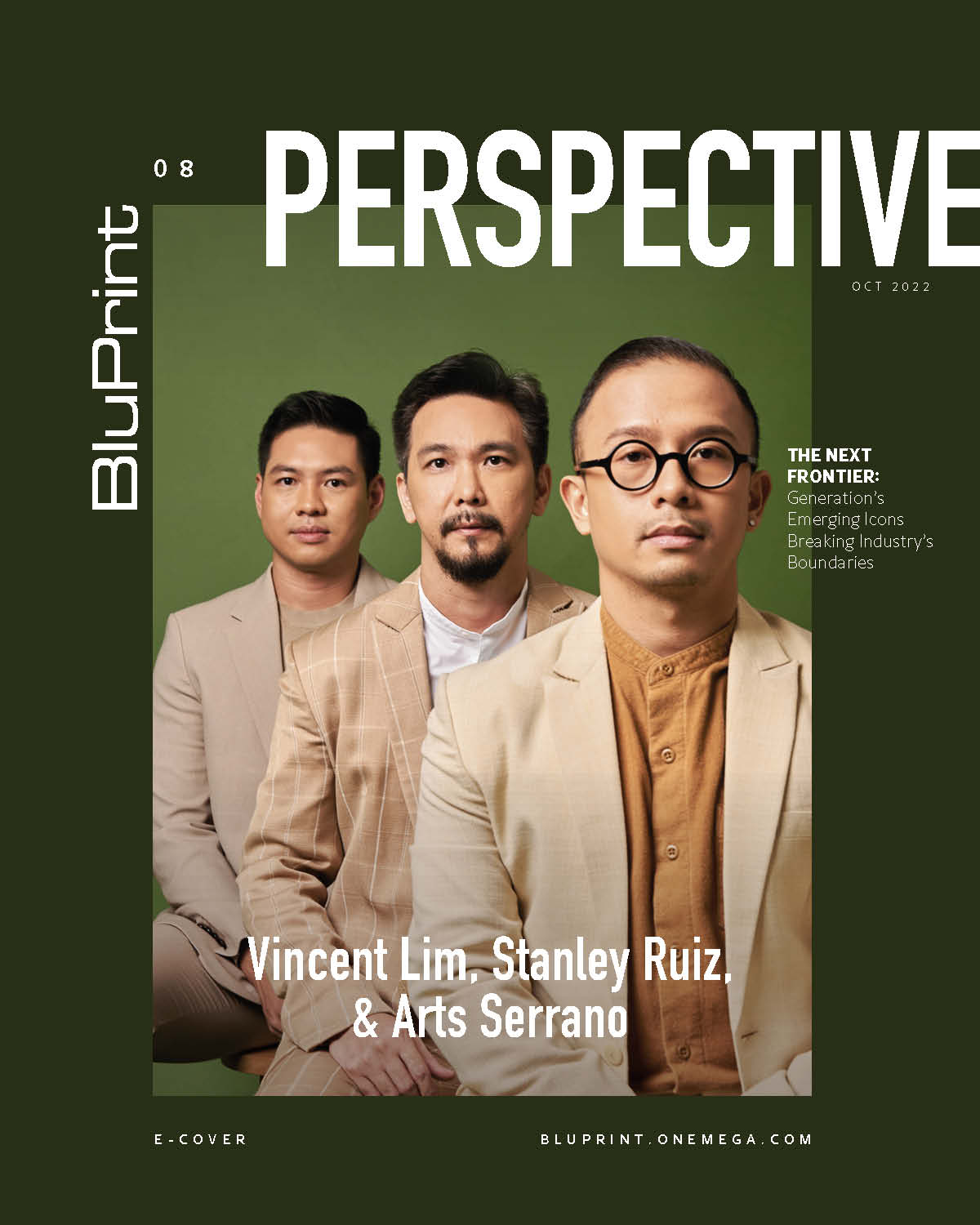
The Philippine architecture and design industries are narratives of strong beautiful contributions of the great creative figures of the current generation and those before them. Many familiar names have helped shape the industry and brought honor to the country for their unique and world-class creations, be it for place-making or object-making. The Philippines is at the forefront in championing Filipino talents by celebrating those who are fearless enough to break boundaries in the industry.
The country’s great icons have also started with humble beginnings. Earned recognition through prime greatness on cultural scene and immense power projects that, until today are continuously making an impact. Generation’s Emerging Names Architect Arts Serrano, Landscape Architect Vincent Lim, and Product Designer Stanley Ruiz are three rising icons, creating a difference in architecture, landscape architecture, and industrial design. The young visionaries pave the way for new ideas that uplift local architecture and design, shaping the future of creativity.
The Emerging Icons

ARTS SERRANO
Arts Serrano is the founder and Principal of One Zero Design Collective, which is located in the First United Building in Escolta. Before putting up his firm, Serrano started out by joining few competitions as a startup architectural firm in 2015. After winning a mixed-income housing project with PAG-IBIG and the Bases Conversion and Development Authority (BCDA) group, the firm had enough capital to put up an office in Escolta.
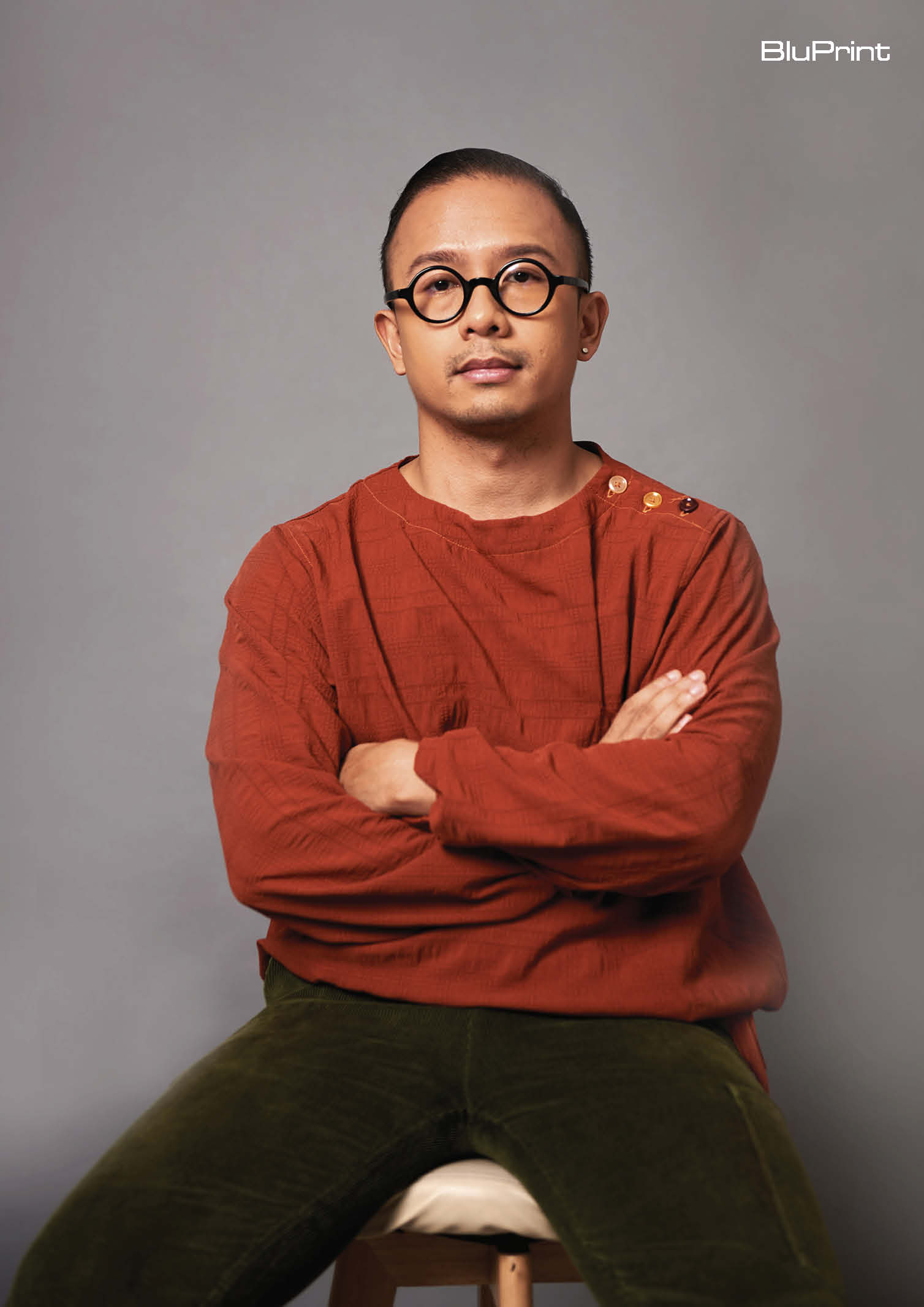
“Ultimately, we would want to communicate more concrete solutions to help preserve, and regenerate, whatever built heritage we have left.”
Arts Serrano
Escolta has played an important role in Serrano’s practice. The most fulfilling part of what he does, for him, is being involved in community work in Escolta. He explains much of his firm’s work revolves around understanding the stories of the people they work with. Apart from being passionate about the places they create, One Zero Design Collective aims to help more people discover the beauty of downtown Manila.
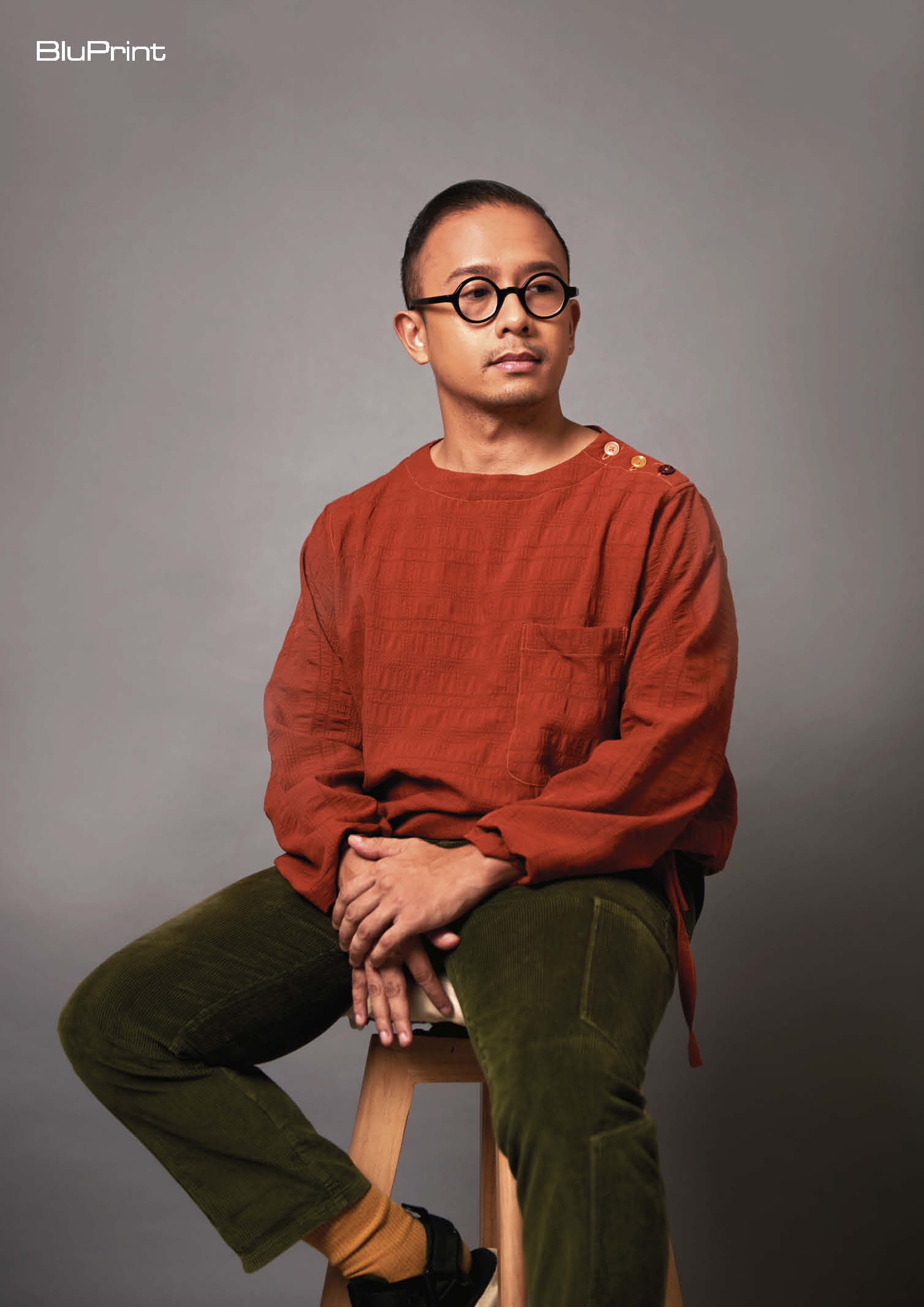
One thing Serrano and his team would never get tired of is the prevalent amusement from people whenever they see their Escolta office. “The building has been a creative playground for independent entrepreneurs and artists for almost a decade now and we are glad to be a part of it. We would like to think that apart from being an architecture design studio, we have a duty as well to champion our built heritage and to reintroduce downtown Manila to more people who are unaware of our rich history,” he shares.
“Our dream for downtown Manila is to be able to have a voice in city making in the context of our heritage structures. We have slowly built this relationship with the LGU in terms of assistance in some of our creative activities in Escolta. Ultimately, we would want to communicate more concrete solutions to help preserve, and regenerate, whatever built heritage we have left,” he adds.
STANLEY RUIZ
A prolific story teller of form and function, Stanley Ruiz is another Filipino creative of this generation worth recognizing for his rigorous workmanship. He is a product designer, founder and the Principal designer of Estudio Ruiz Design Consultancy. Ruiz studied Industrial Design in college and got acquainted with the industry during his sophomore year. While he was still in school, Ruiz started getting project commisions and was able to gain some work experience. This allowed him to build a portfolio that enabled him to land design jobs right after graduation.

“Here, I am able to take on projects independently, take control of my creative path, manage my own time, and work on some developmental projects that hopefully have made some impact on the stakeholders involved.”
Stanley Ruiz
Over the past years, his works have been widely recognized here and abroad. Several of Ruiz’s works have been exhibited locally at the Yuchengco Museum, Cultural Center of the Philippines (CCP), and Vargas Museum in UP Diliman. He also had multiple exhibitions at different prestigious and important design shows outside the country, including the International Contemporary Furniture Fair in New York, Salone Del Mobile in Milan, Maison & Objet in Paris, Ambiente in Frankfurt, and a few around the Asia Pacific region. Museums like the Museum of Arts and Design and the New Museum both in New York have also featured his works.

On top of these exhibitions, Ruiz also represented the Philippines at various international events, such as being a country delegate to Asia-Europe Art Camp in Helsinki, being the Creative Director for the Philippine Delegation to NY NOW, and the Creative Director for the Philippines-Taiwan Craft Cooperation in 2021.
Ruiz considers publishing his work in “Exploring Materials: Princeton Architectural Press” for the first time as a definite highlight of his career so far. However, the most significant one would be the establishment of his own design studio. “Here, I am able to take on projects independently, take control of my creative path, manage my own time, and work on some developmental projects that hopefully have made some impact on the stakeholders involved,” Ruiz shares.
VINCENT LIM
Gone are the days when landscape architecture does not get enough attention when talking about the built environment. Vincent Lim took an alternate way of thinking a decade ago. He manifested his childhood hobby and eventually created a firm and became one of the stakeholders in landscape architecture industry. Lim is a Landscape Architect, founder and Principal designer of Clarq Landscape Design, alongside the company Balcony & Gardens. He is also the CEO of Clarqscapes, a landscape construction company.
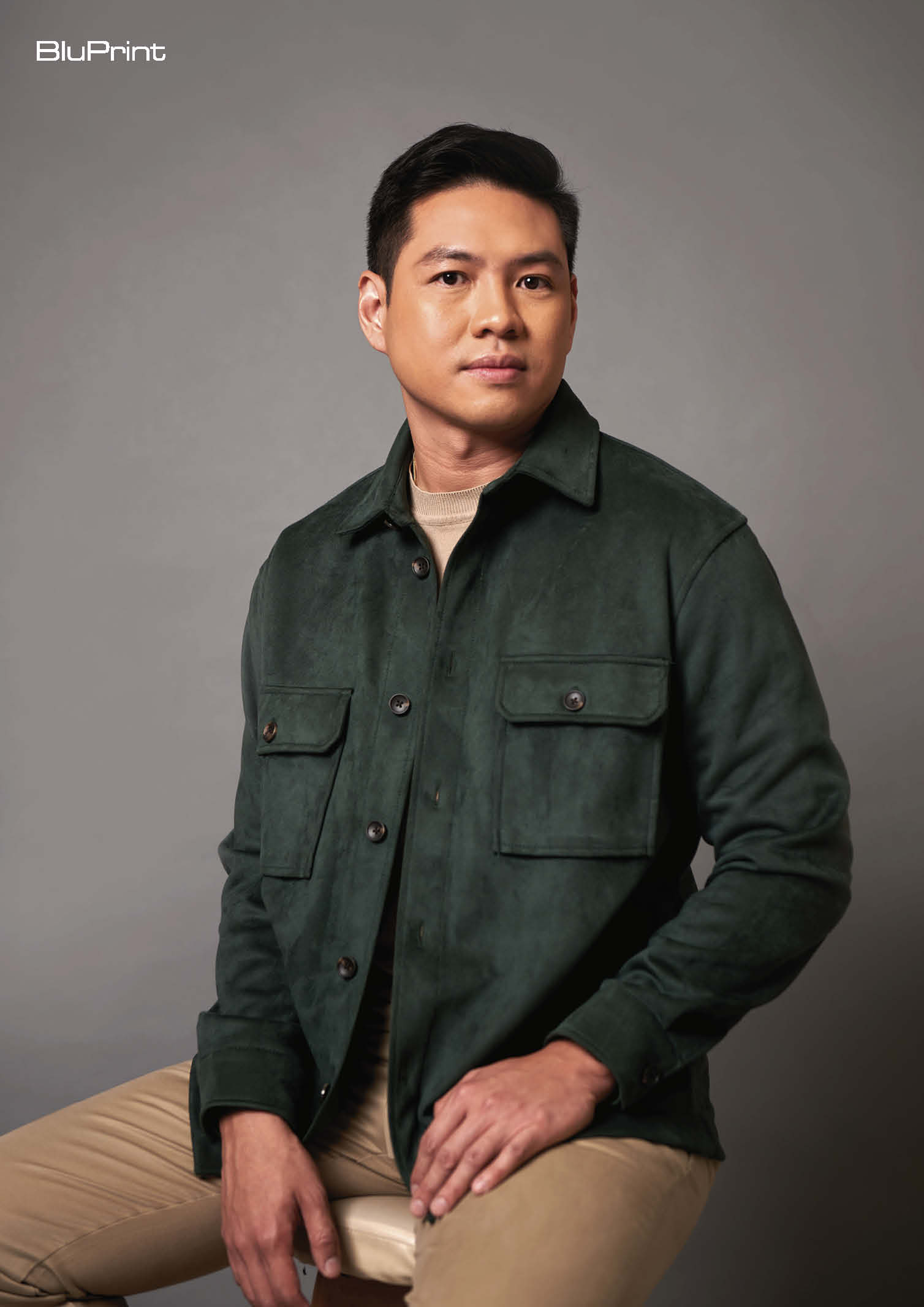
“I am grateful that we live in a time where landscape architecture here in the Philippines has started to gain traction, with more people appreciating the value it adds to a designed space and how it highlights our natural environment and the abundance of local materials.”
– Vincent Lim
Lim studied Landscape Architecture and took the board exams a year after graduation. He also has an Executive MBA from the Asia Institute of Management. His first work to practice was for his university, a commission project in preparation for the centennial year of the University of the Philippines. He had his first residential project in 2007, a project which cemented his desire to pursue the profession.
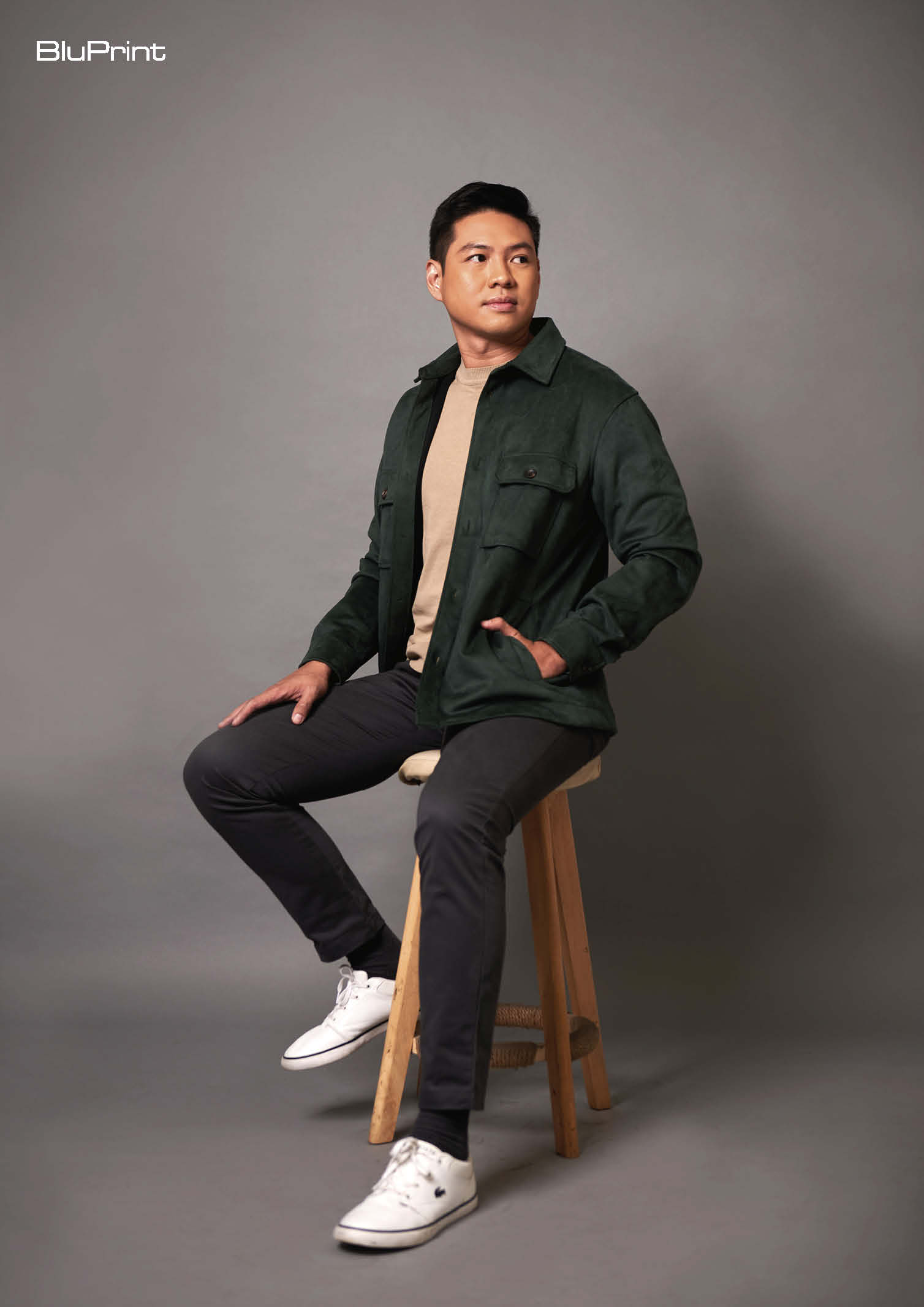
Two of Lim’s works have been featured in the “SouthEast Asia Landscape Architects” book, which was released in Indonesia. The book features works from 24 landscape architecture consultants from seven countries, such as the Philippines, Singapore, Thailand, and Laos, among others. This kind of invitation in the middle of the pandemic came as a pleasant surprise for him and became one of his pride projects up to date.
The Influences
Different factors have influenced the three creatives in pursuing careers in their chosen fields. Lim, for example, was fond of playing with LEGO toys when he was a kid which took part in sparking his interest in architecture. Growing up, however, he found himself to be more inclined to open public spaces like parks and resorts. “I vividly imagined being a landscape designer one day. I also recall doing a lot of gardening work in our backyard back then. So come college application, Landscape Architecture sounded appealing to me,” Lim reveals.

In the case of Serrano, he would have chosen to study Applied Mathematics at Ateneo de Manila University. What made him took up architecture is the realization of architects’ role in shaping society.
“The motivation to actually take it seriously came when I realized the role architects play in attempting to shape a better society through the places that we make. Over the past few years, we’ve taken an obsession to try to answer the question of who we build our spaces for,” Serrano explains.
Serrano also draws motivation from his observations growing up in a middle-class family. There shouldn’t be a great divide between good design and people because of expensive materials. He gets inspired by using a simple methodology that every Filipino can relate to. He also wants to understand how he can create a good design using humble materials.
Having an office in Escolta, Serrano also takes inspiration from one of Manila’s historic streets. “Seeing something withstand almost a century blows my mind. It goes beyond our individual existence. Maestros from the 1900s created what they felt our country stood for at that time and we still experience that creation to this day. There is still so much that we can do with our built heritage,” he shares.

For Ruiz, what motivated him to start a career in his field is simply the pragmatic aspect of design. But several Italian masters also influenced him during his formative years. These include Andrea Branzi, Achille Castiglioni, and Michele De Lucchi. He also mentioned that his favorite designer is Daniel Weil, an Argentinian Architect. For him, his works in the ’80s were truly groundbreaking.
Breaking Boundaries
The three creatives have been in the industry for quite some time. They have done numerous projects that have made them three of the most notable emerging figures in Philippine architecture and design, as well as on the international stage.
For Lim, these projects include the One Roxas Triangle & Park Central Towers in Makati. He worked on both of these projects when he was still under Ayala Land Premier. Another groundbreaking project for the team is the Pavilion Nanning Garden Expo in 2017, a collaboration project between Clarq Landscape Design and ZubuDa of Architect Buck Sia.

Ruiz, meanwhile, shares that one of the projects that pushed his limits as a designer is the New Organic collection that he produced in Brooklyn, New York during an economic recession. “It’s a rudimentary, basic, back to the roots kind of design, more of an introspection really. It launched my solo design career, and generated a lot of curiosity about me and my work. It got a lot of press acknowledgment and eventually received the Coup De Coeur award in Maison & Objet Paris in 2008.”
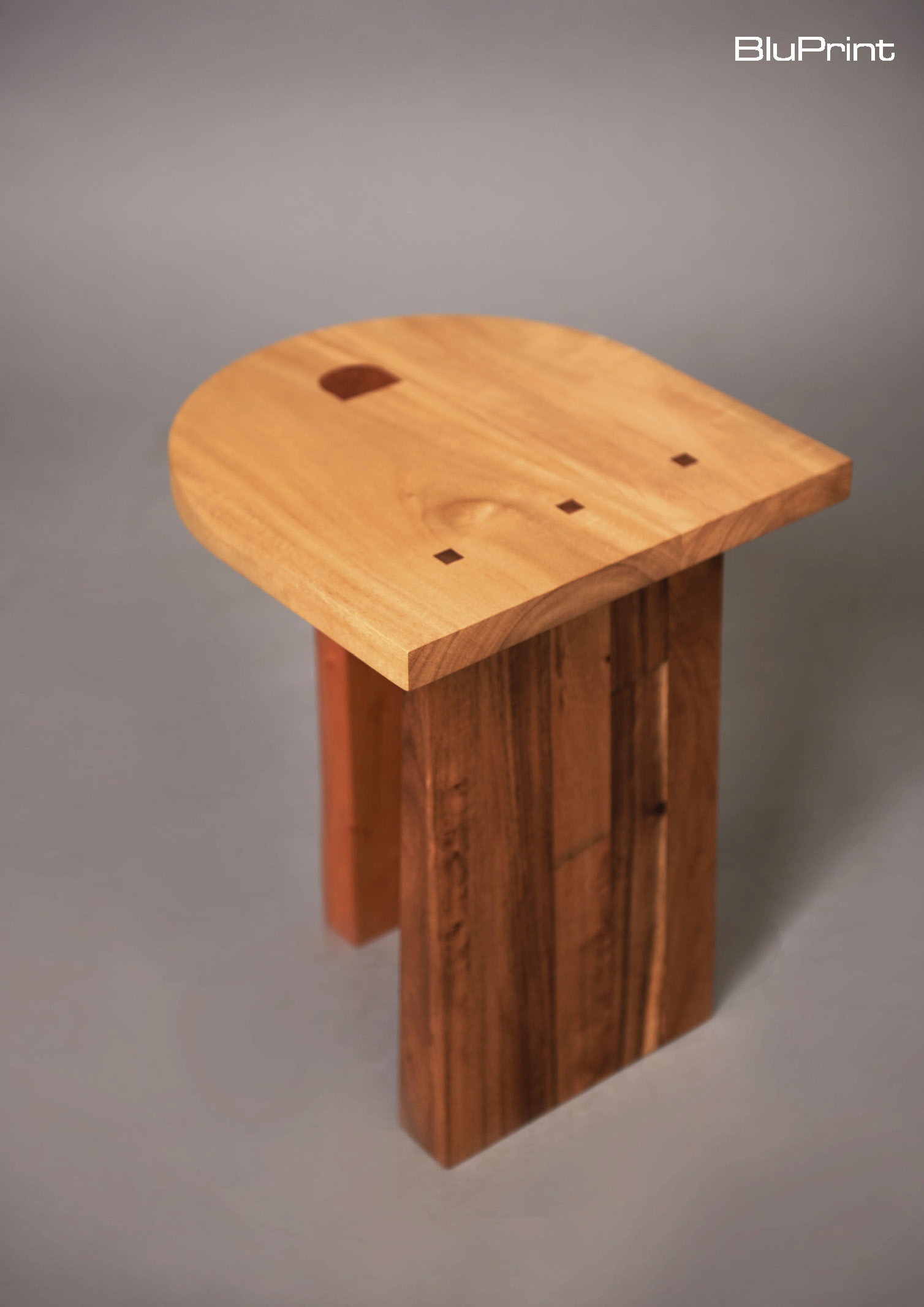
The RAW series is also one of Ruiz’s famed projects. It is an ongoing exploration and quite definitive of his design approach. He shared that the collection has been exhibited all over and has been sold in design stores in the US, Europe, and Asia.
“Contrapunto” (counterpoint) is another stunning collection designed by Ruiz. It is a collection of objects developed through the process of improvisation. The collection is defined as “a musical form involving the simultaneous sound of two or more melodies” and “a decorative musical accompaniment (often improvised) added above a basic melody”. Here, Ruiz treats the found components (the injection of moulded bins) as the melody which serves as the foundation for the pieces. He then added the wood components as a support structure which serves as the counterpoint.
Ruiz explains that the coldness of the injection of moulded component is fused with the warmth of wood. The result is a product of exploratory, improvised process.
As an Architect, Serrano, together with this team, likes playing with humble materials. In one of his projects, a restaurant space in Makati called “Talyer,” he and his team wanted to see how they can apply this ingenuity in their material choices in the design of the whole space.
“We lined its walls with plywood shelves that highlight its natural grain and with its edges visible. These same shelves act as partitions, offering some privacy for a small office at the back. We also designed custom furniture pieces that feature plywood as the core material: a sofa, worktables, and lightweight movable stools. We also used tanguile wood studs to create a grid in the ceiling connecting to the lines created by the shelves,” explains Serrano.
As the test kitchen and creative HQ for Toyo Eatery in Makati, Serrano took inspiration from the spirit of resourcefulness in food and apply it to the physical design of their space. He compared the design process to how Filipinos use ingredients that could have been discarded and turn them into delicious dishes.
Serrano adds that hollow blocks are often hiding behind a layer of another material—often either an inch of concrete plaster or cladding of some sort.
“In a space we designed for a coffee company Deuces Coffee in Makati, we wanted to explore if it was possible to remove all these layers and celebrate the material in its purest form.
Shelving systems were constructed out of hollow blocks and plywood that act as wall partitions, floor finishes were poured custom-mixed concrete with its surface honed to expose aggregates, and different furniture pieces were designed out of solid guijo wood blocks. Different translations of purity that is a nod to the coffee industry’s mindfulness of a bean’s origins.”
He also explains that coffee spaces have been conduits for different communities to thrive. That’s why they designed a space for Yardstick Coffee in MOA Square which aims to move towards more accessible coffee spaces and experiences. “This yearning for accessibility was translated into the materiality of the space by using retaso wood: offcut pieces of materials that are typically deemed unusable,” Serrano explains.
He revealed that six hundred pieces of these were sourced, cut, and processed into arbitrary geometric blocks and suspended on the ceiling as an installation—breaking the production and consumption cycle for materials meant for disposal.
“We found it fitting to talk about the circularity of materials in the context of Yardstick’s location in the same building as the global furniture megastore IKEA—celebrating local craftsmanship produced using local materials,” says Serrano.
Incorporating Sustainability Into Practice
Sustainability has been an important topic in architecture and design. For the three of them, this is something they take seriously as designers. Lim believes that sustainability is a mindset that must be carried out thoroughly in the whole design process. “Sustainability is now almost ‘basic’ or an integral part of any project. We need to wear this hat and keep on attempting to carry it as we think of caring for the environment, our people, and the future generation. It’s now and beyond,” Lim emphasizes.
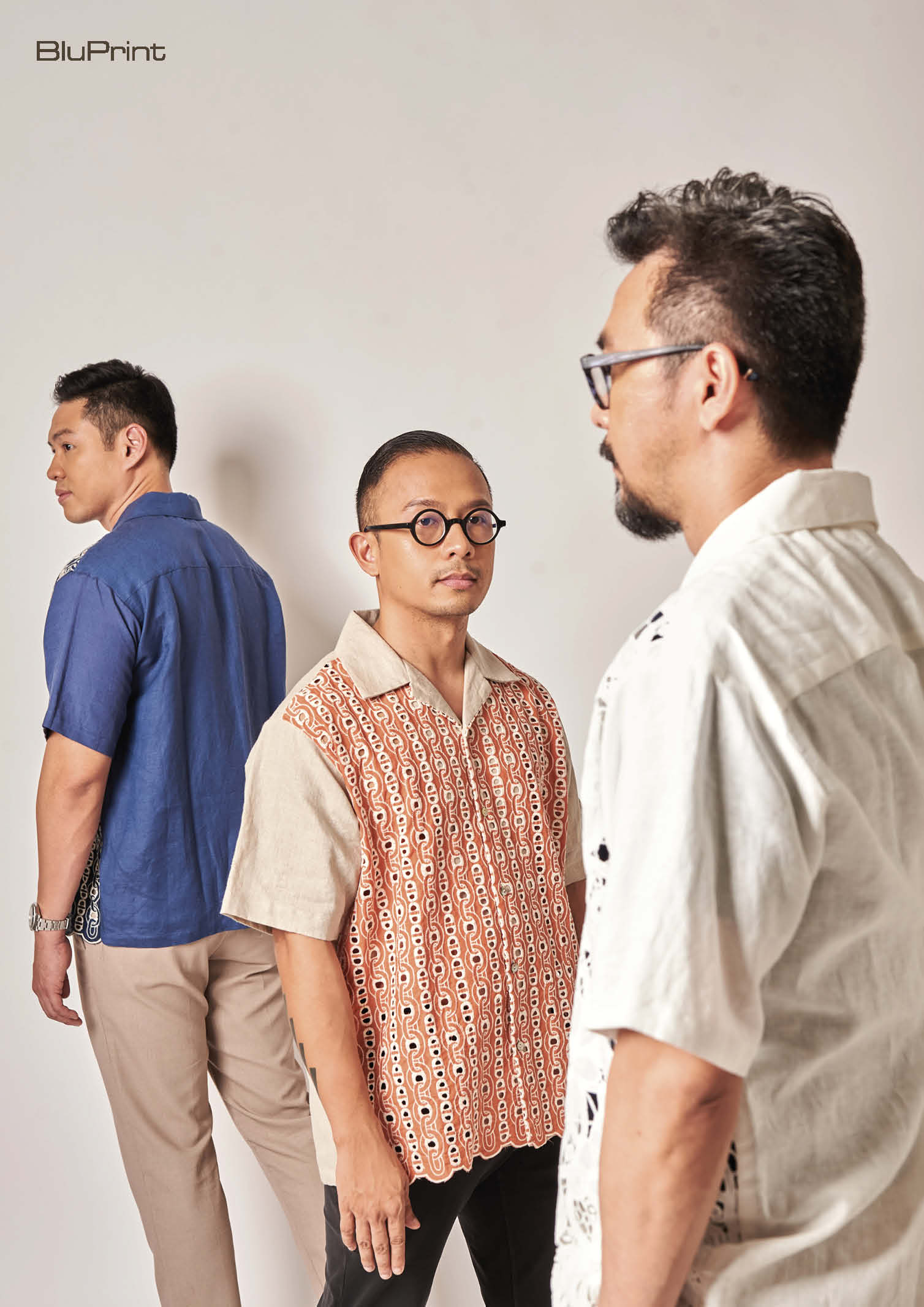
For Ruiz, “sustainability is paramount, and it should be part and parcel of the design process. They are not mutually exclusive.” As a product designer, he uses a lot of natural materials in his work. Recently, he’s working on a project wherein his team utilizes agricultural wastes and turns them into pellets. He then turns these products into something usable, like floor lamps and other light fixtures. These types of projects excite him for their measurable impact.

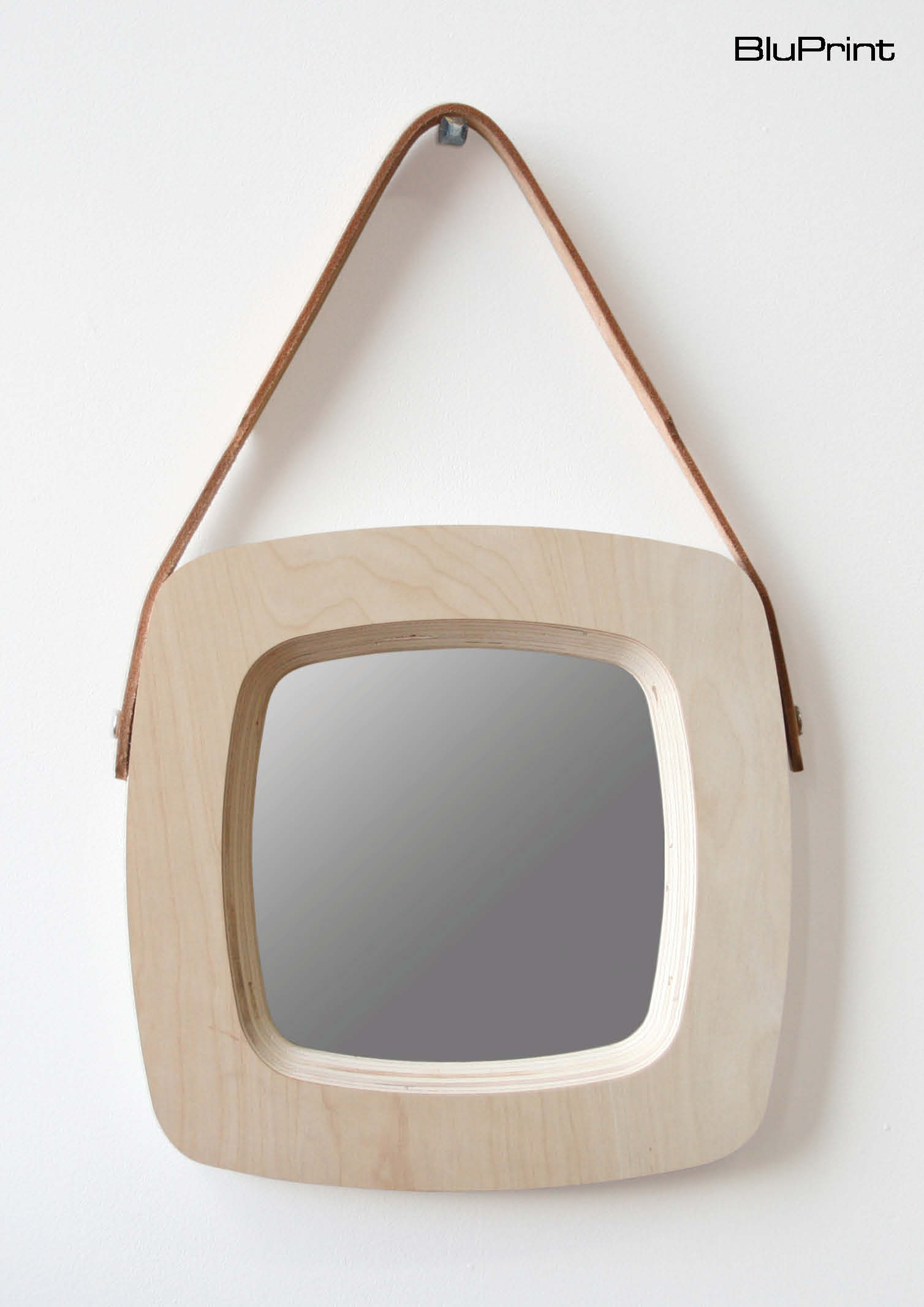
In line with this, Serrano also believes that sustainability shouldn’t be an add-on that architects and designers can choose to apply only when it’s convenient. He adds that this practice should not be used to make the project become more marketable. “Sustainability in design should be a core value that everyone should take to heart,” emphasizes Serrano.
On having the construction industry as a major contributor to carbon emissions globally, Serrano calls for action from the industry players. “We must find ways to be more mindful about how our designs contribute to this,” he says.
Finding Individual Identity
Ruiz explains that he is more of an approach rather than having a particular style. For him, style is more passing and gets less creative over time. His approach is more essential.
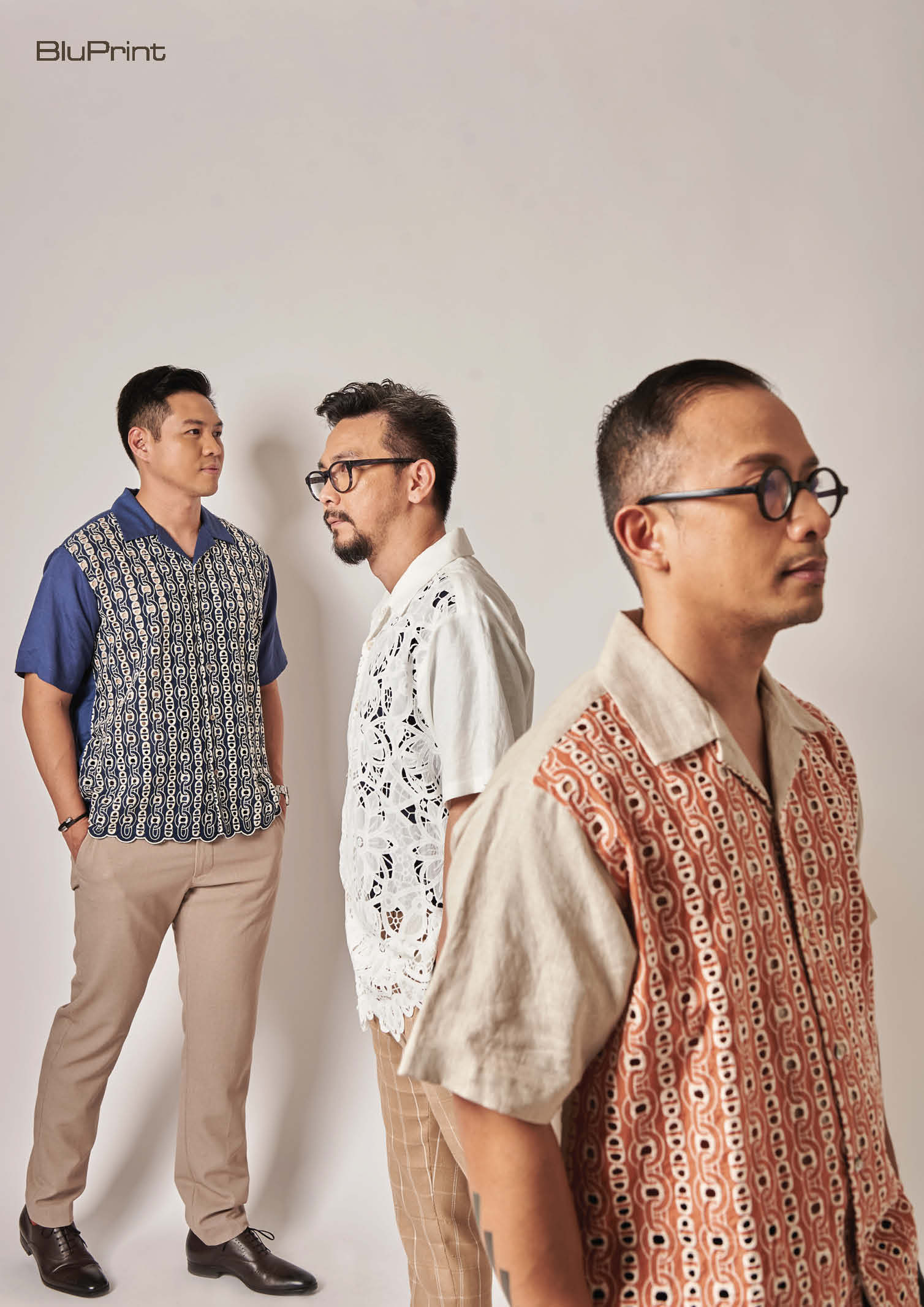
Lim still wants to keep on improving as a landscape architect/designer, as a boss of his team, as an entrepreneur, as a steward of the environment, and as someone his clients can trust in making their dream projects come to life.

On the other hand, what makes Serrano’s process unique is he looks for inspiration from stories shared by the people he works with, from their material preferences to a memory they cherish from their childhood. When it comes to the signature aesthetic, he says “We are more focused on storytelling and in craftsmanship, than sticking to an aesthetic or a style. These trends come and go but the stories we build from are eternal. We are also interested in designing with the humblest of materials—dos por dos, bare hollow blocks, plywood, and retaso wood. We believe this is an important exploration as a Filipino designer as a step towards creating a design that is for all.”
The Future of Architecture and Design
Philippine architecture and design have come a long way. Thanks to the creative minds of Filipino architects and designers both from the past and the present. The young ones are now in charge of uplifting local craftsmanship continuing to glorify our mother land in the global niche.
Serrano believes that it’s not so much about finding new approaches and solutions that will put Philippine architecture on the map. “It is rather more about looking inward and seeing what we can improve from where we are. The pandemic taught us how unsustainable it was to rely on the imported supply of materials and labor,” he explains.
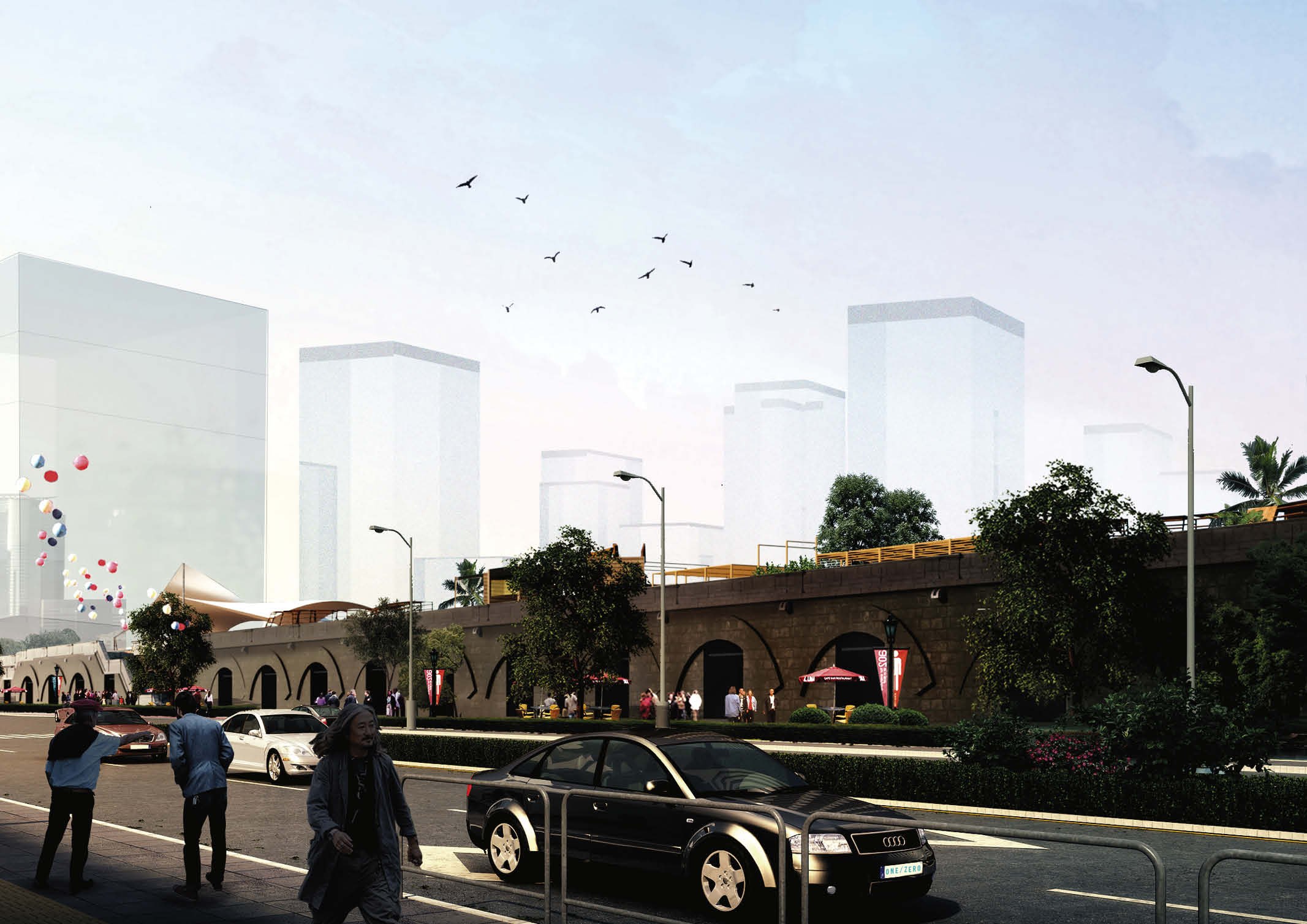
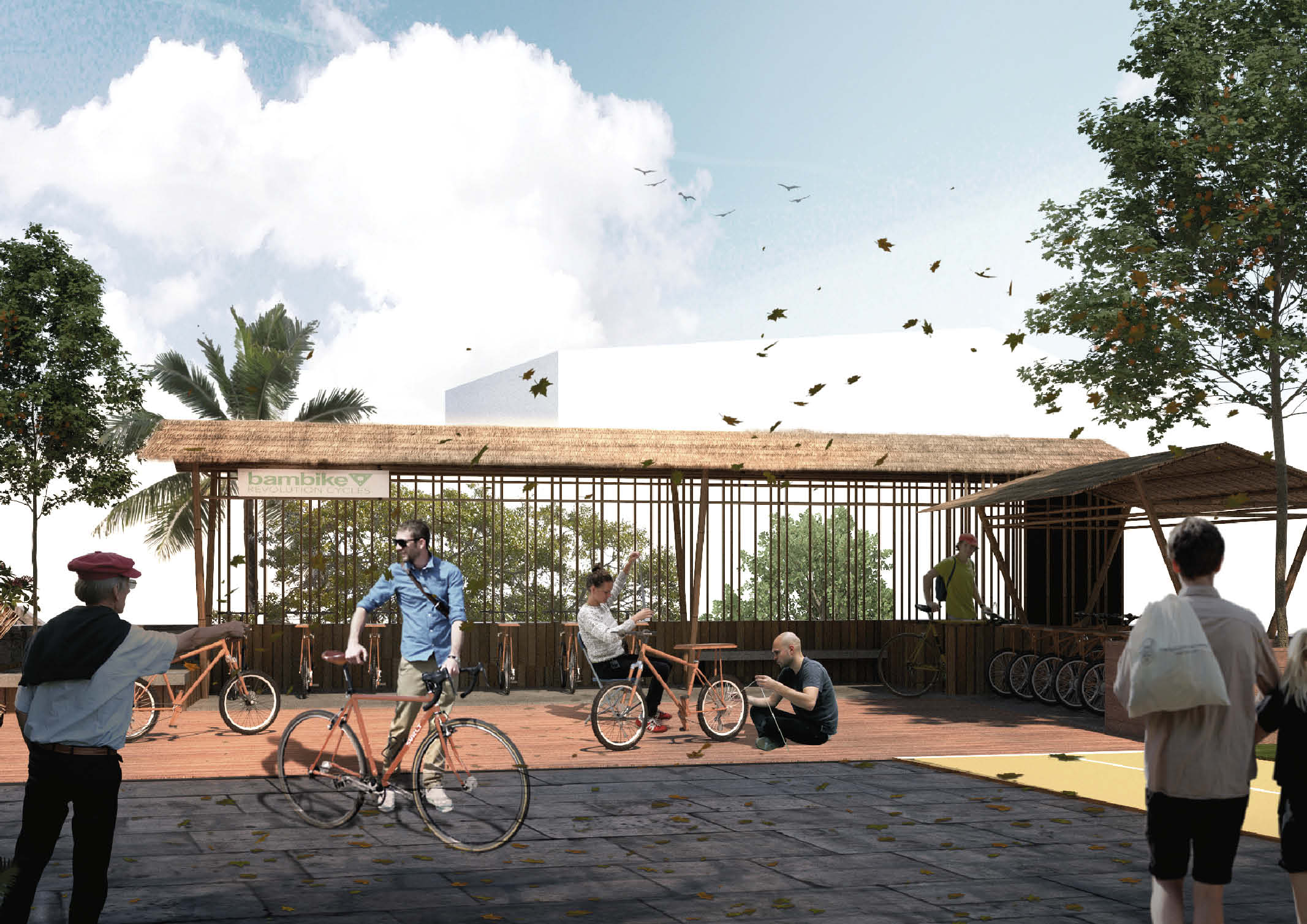

“Vernacular is a word that is often thrown around a lot, and for a good reason—nurturing local craftsmen, finding sustainable sources of materials locally, and building from there is more exciting for us as a design studio,” Serrano adds.
Ruiz, on the other hand, thinks design research can make a difference. It can help create more innovative and non-derivative works.
On how landscape architecture helps shape local architecture as a whole, Lim explains that it helps prove the importance of having synergy among the allied professions in creating multi-faceted yet holistic built spaces while ensuring that the environment is well considered.
“I am grateful that we live in a time where landscape architecture here in the Philippines has started to gain traction, with more people appreciating the value it adds to a designed space and how it highlights our natural environment and the abundance of local materials. Now, it also has become more relevant because the pandemic has made more people realize the importance of going outdoors and basking in nature—with all its benefits,” shares Lim.
Collaboration between creatives is essential in upholding Filipino craftsmanship and talent. For these emerging icons, having an alignment of passion, respecting each other’s ambitious inputs, and supporting other creatives are vital qualities for a thriving collaboration.
Project Credits
Text RICK FORMALEJO
Sittings Editor GEEWEL FUSTER
Photography KIERAN PUNAY
Videography RADPRODUCTION
Art Direction DIANNE NICOLE FERNANDO
Video Producer MIGUEL LIM
Shoot Coordination ERICA LUNA and MAE TALAID
Shot on location BEYOND CONCEPTS STUDIO
Grooming CATS DEL ROSARIO
Wardrobe ORIAS STUDIOS, RHETT EALA, HANSEN
